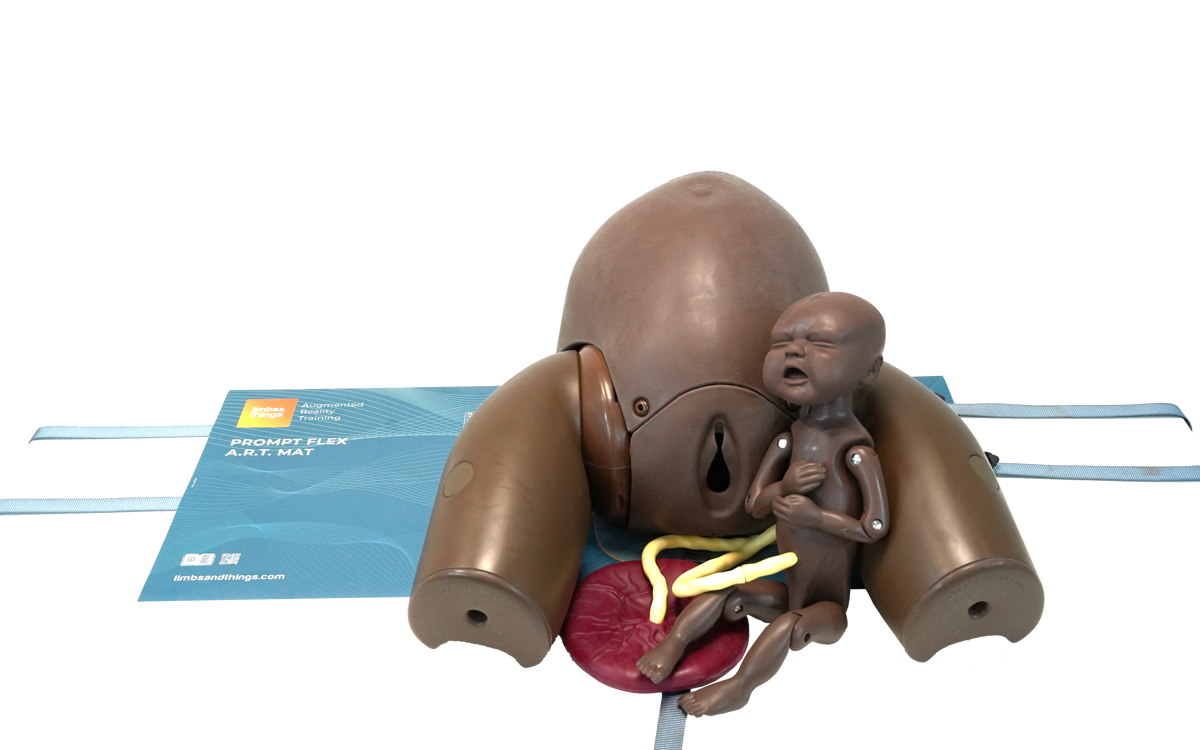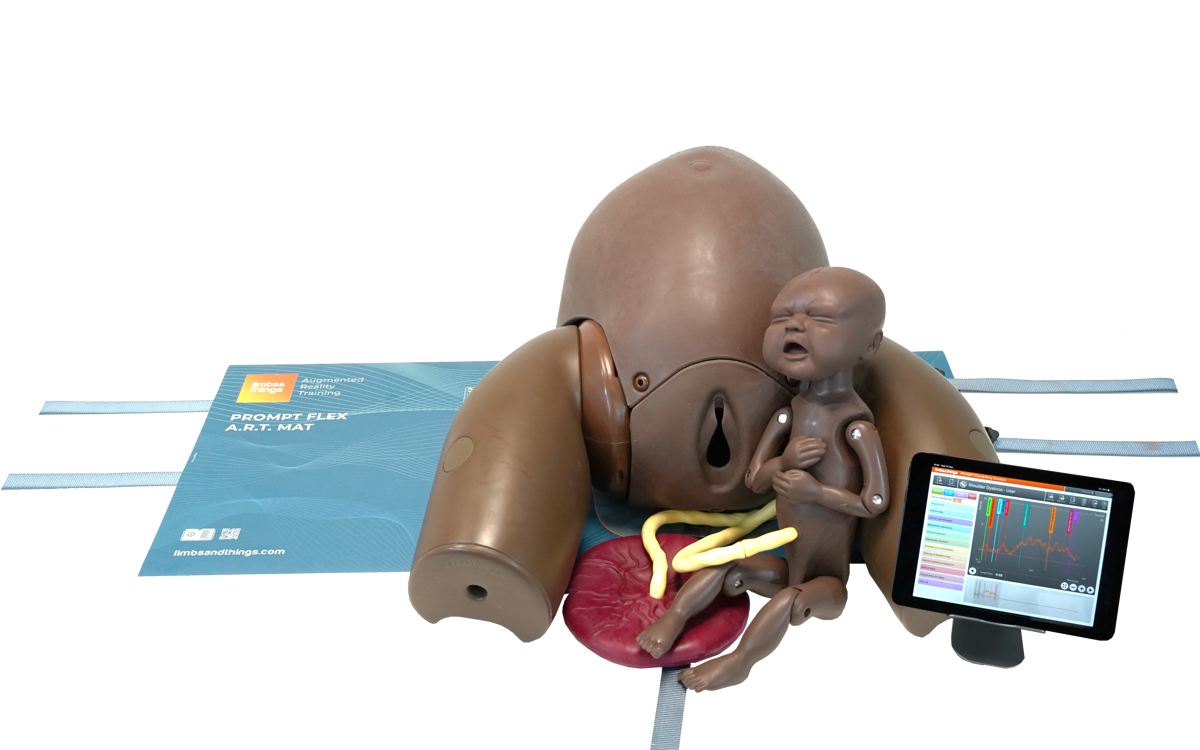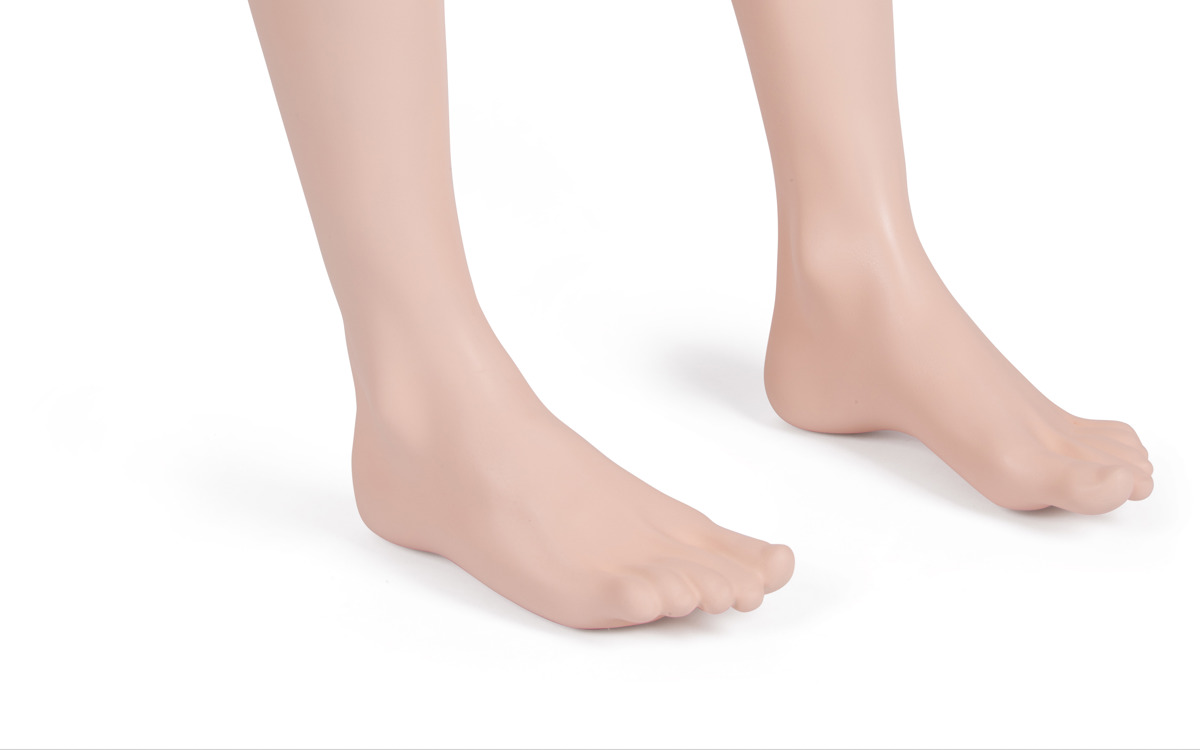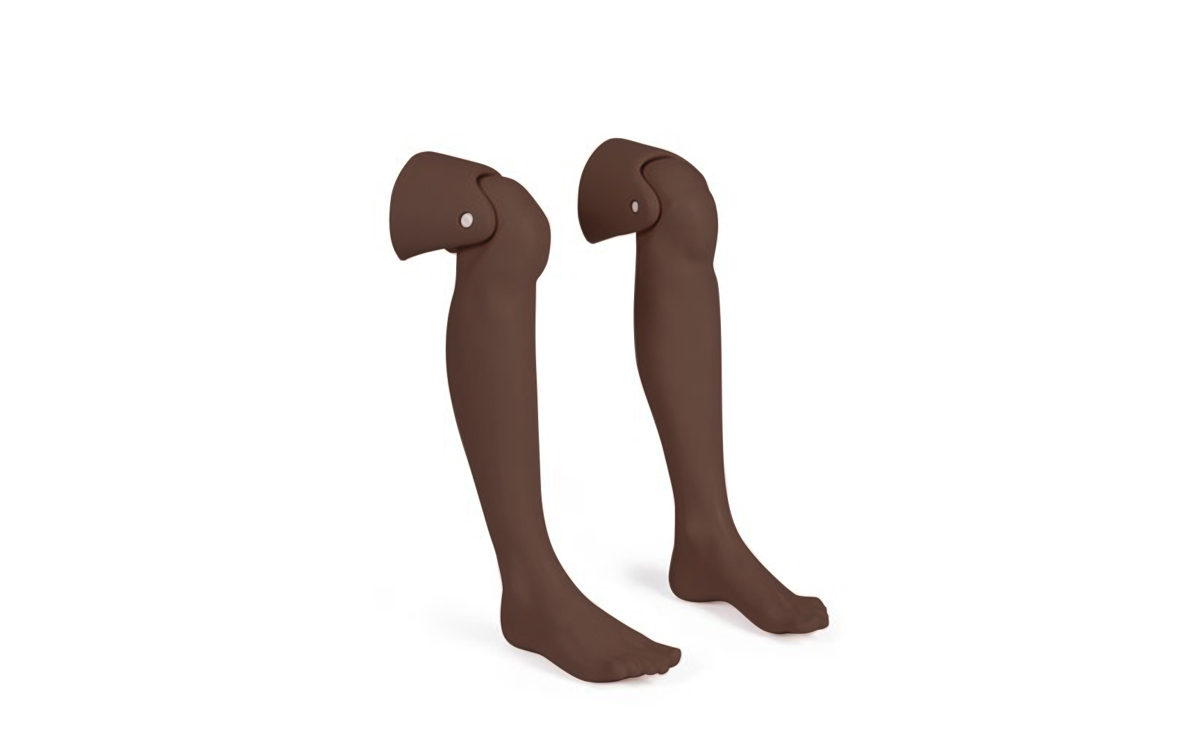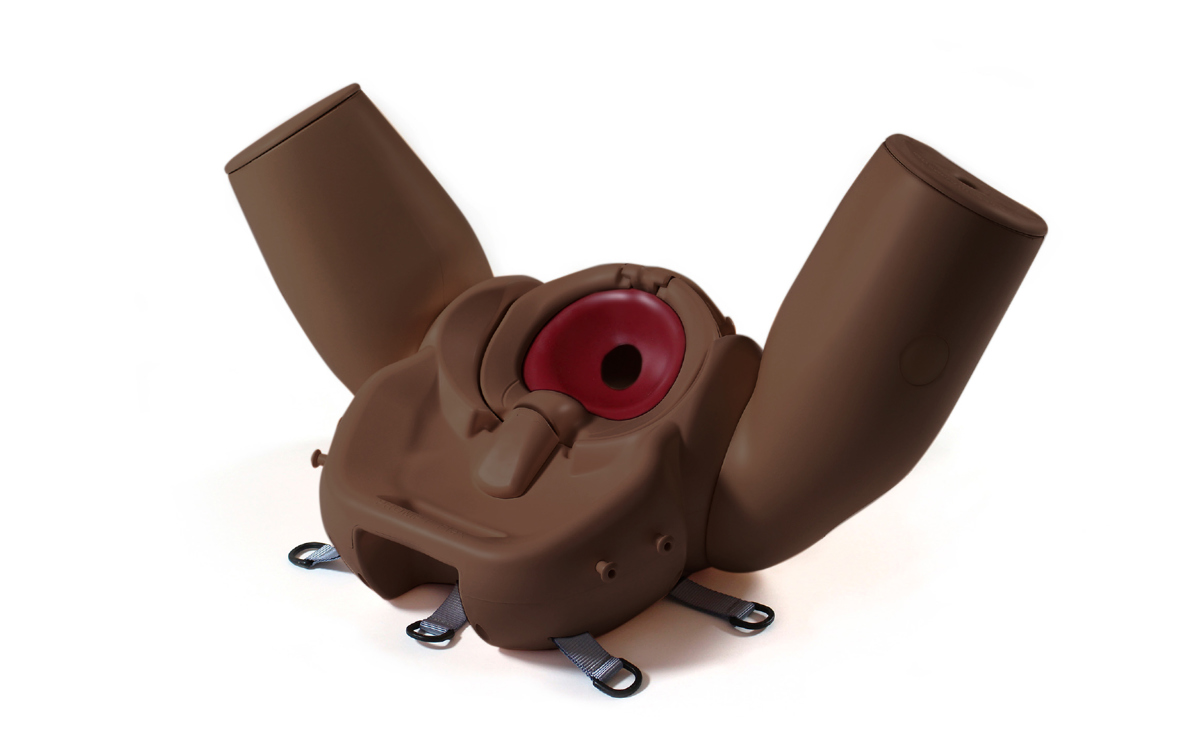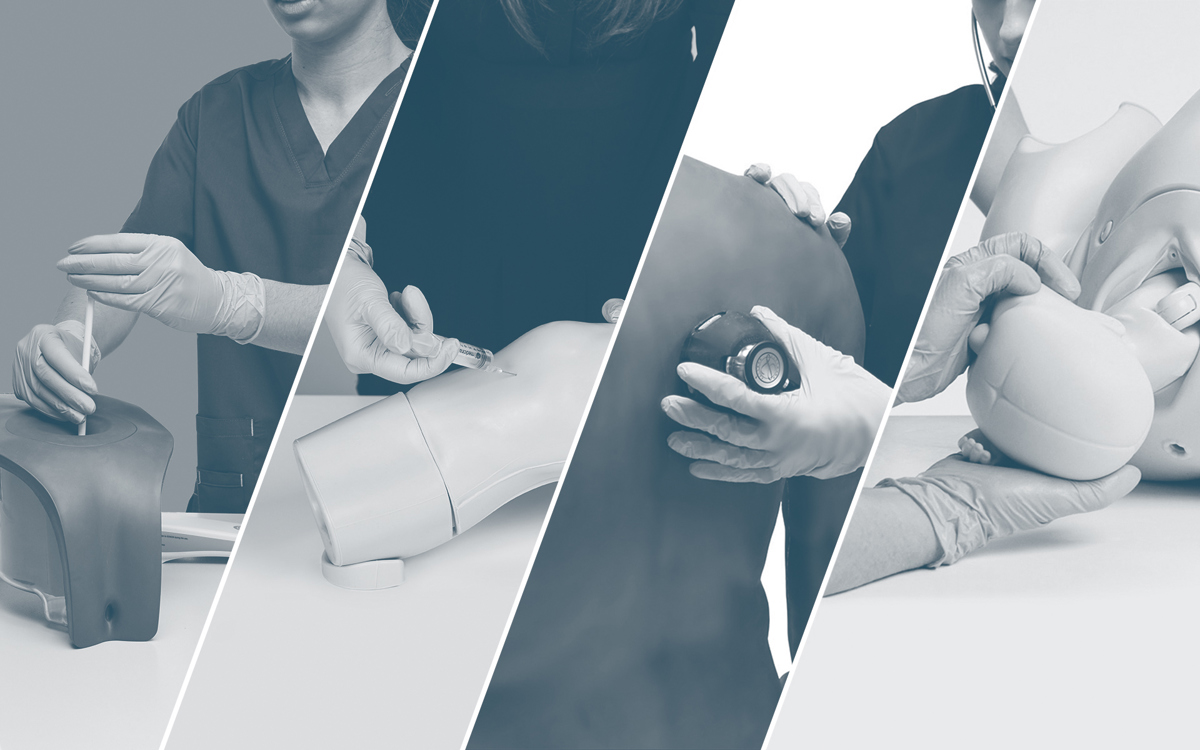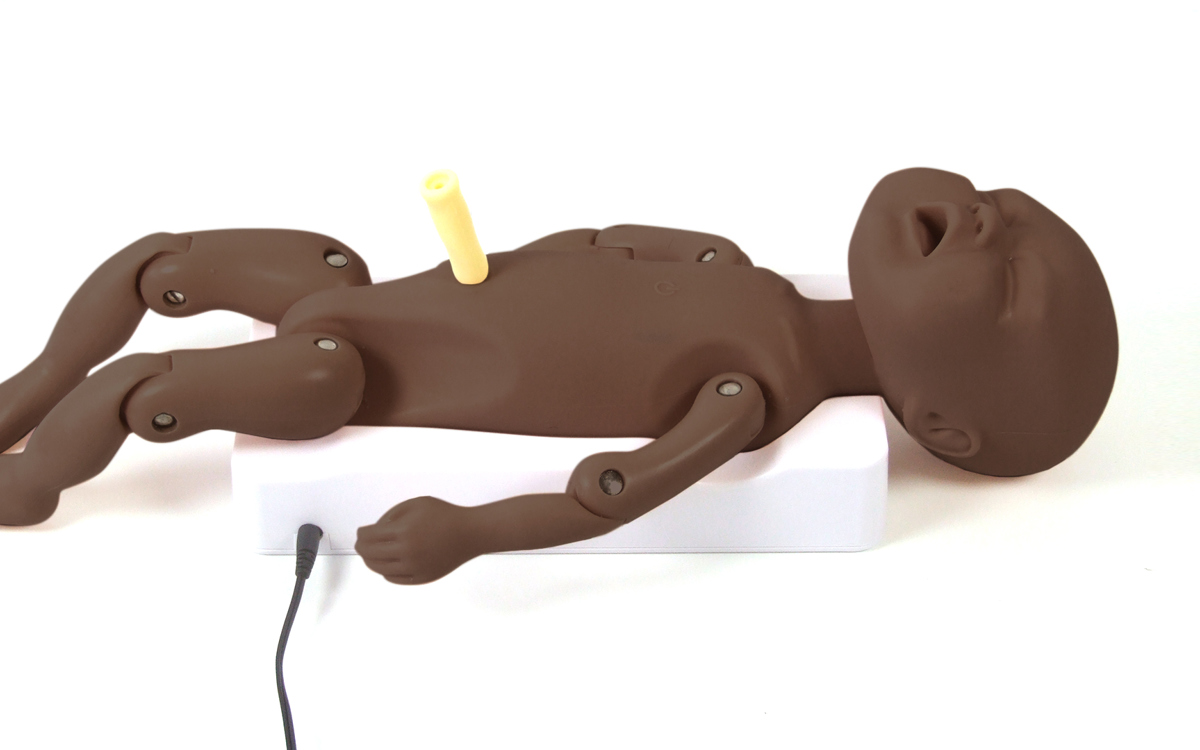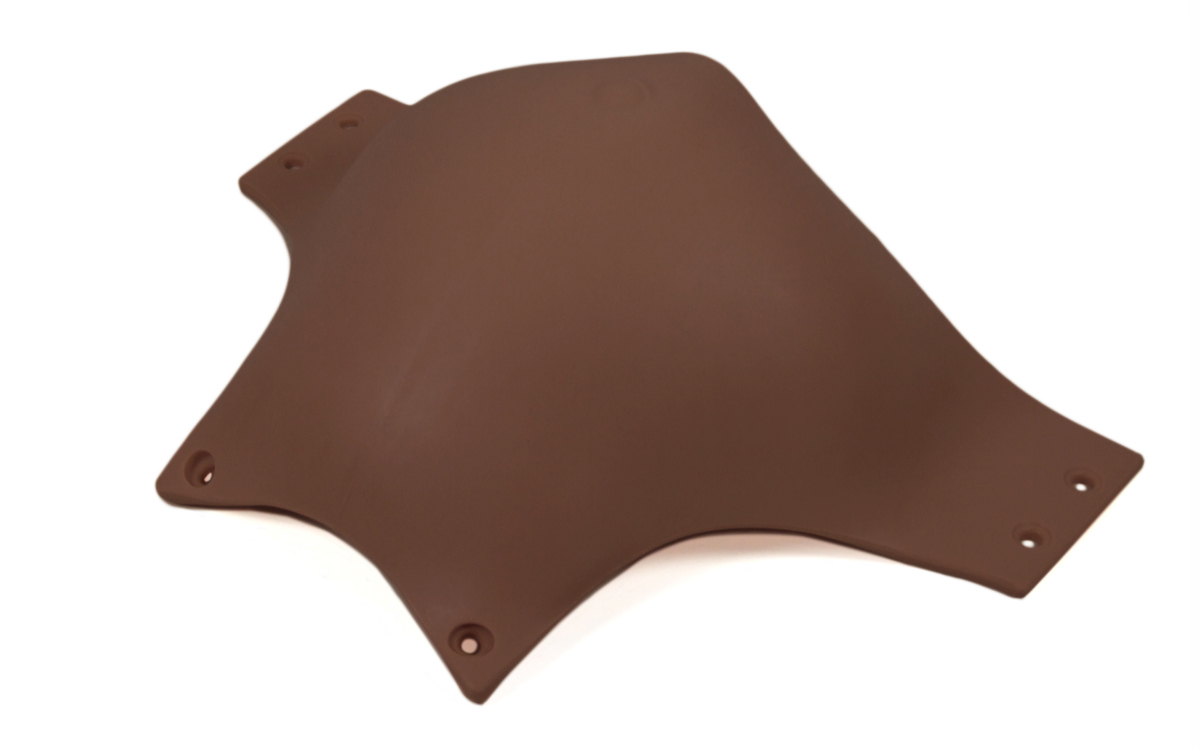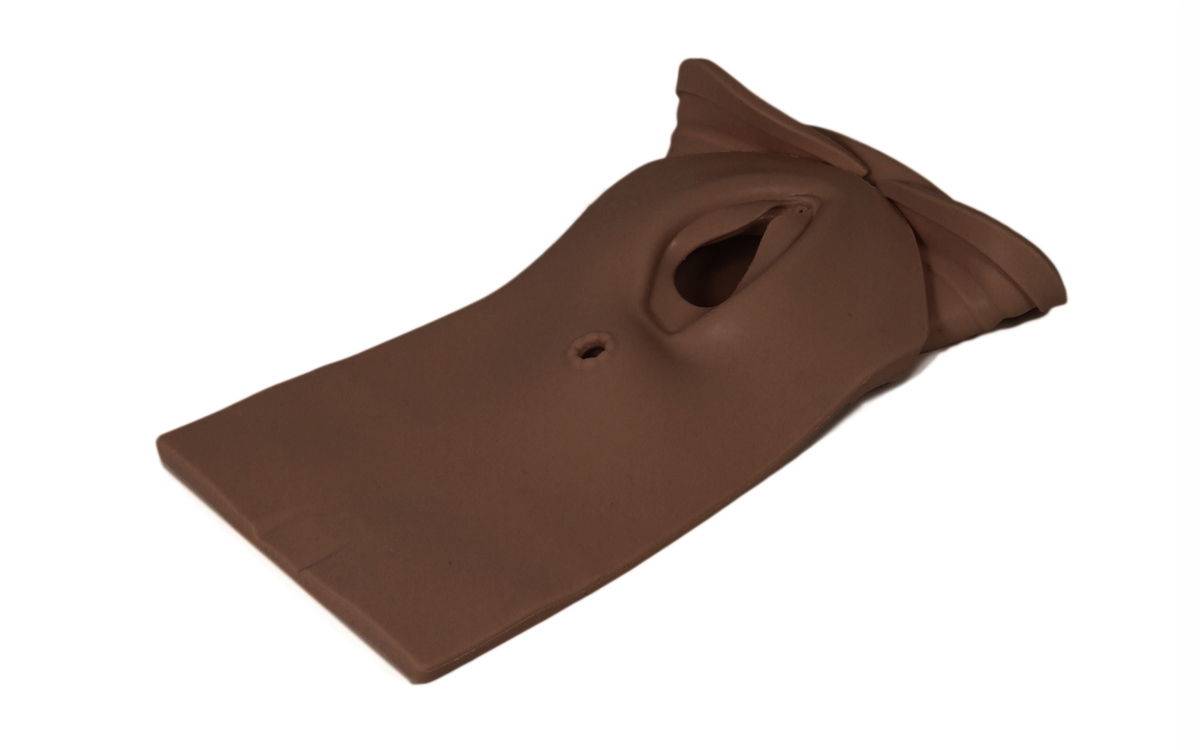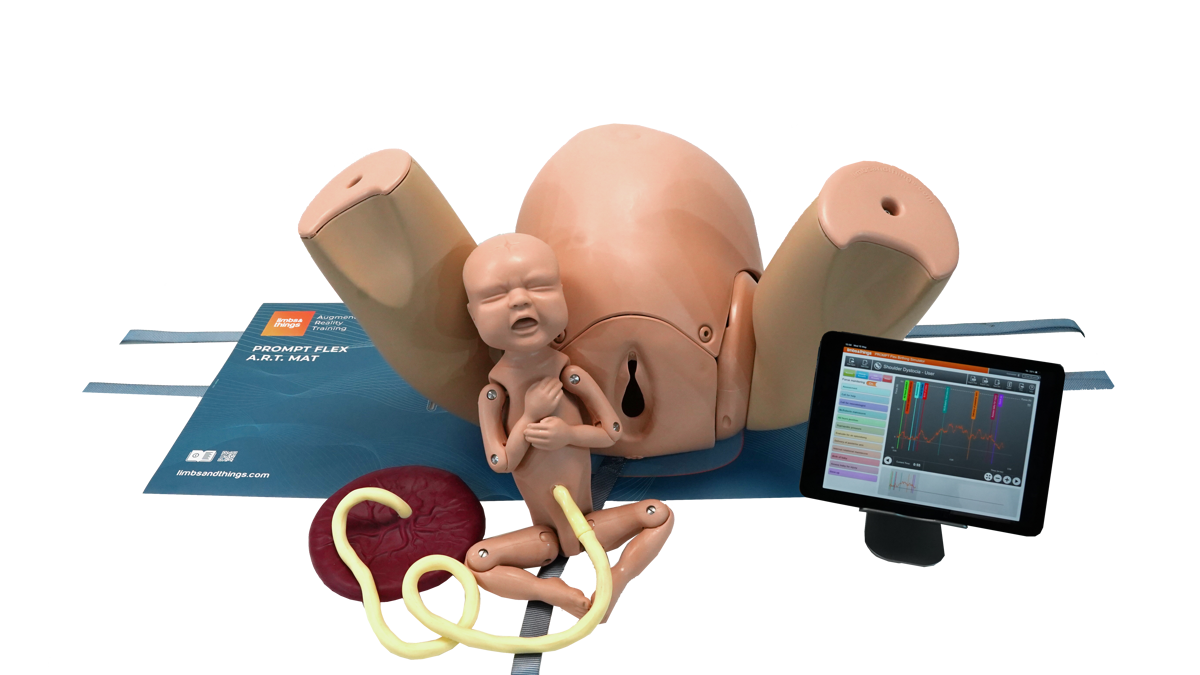
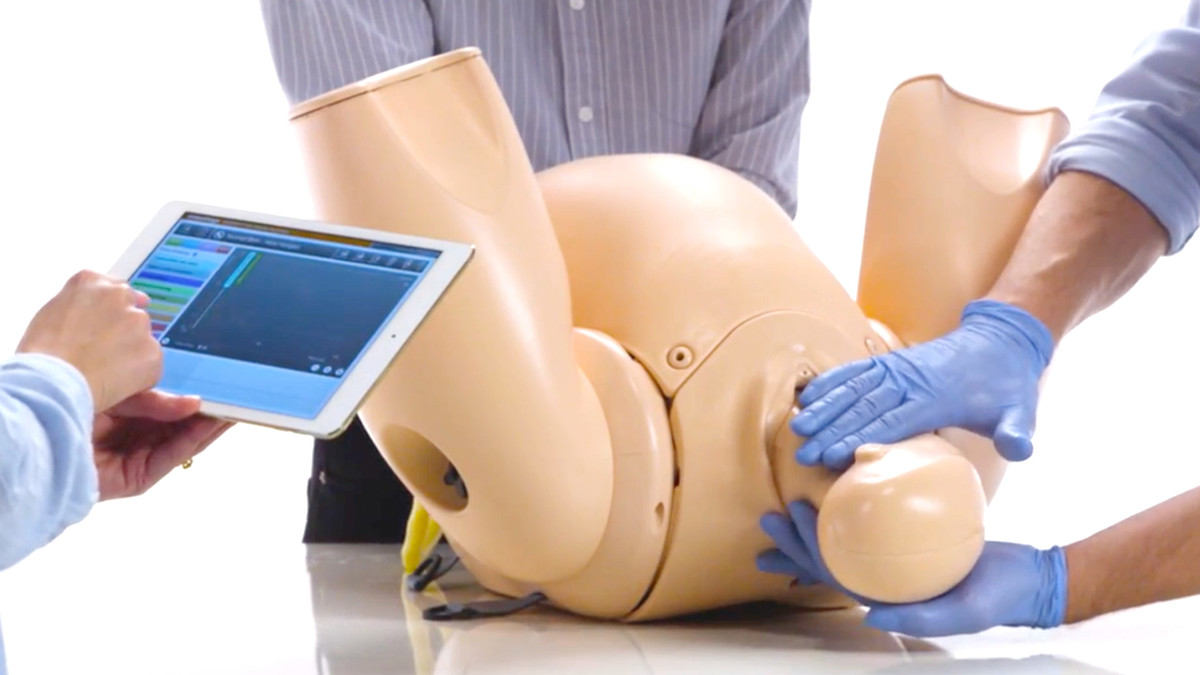
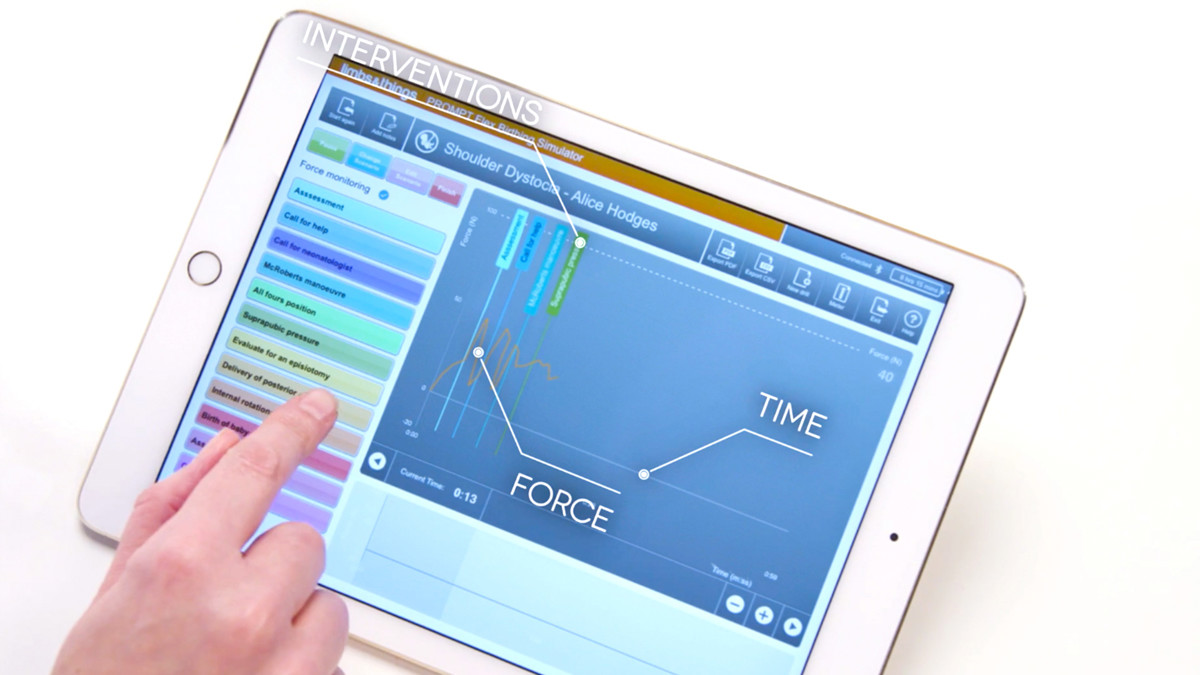
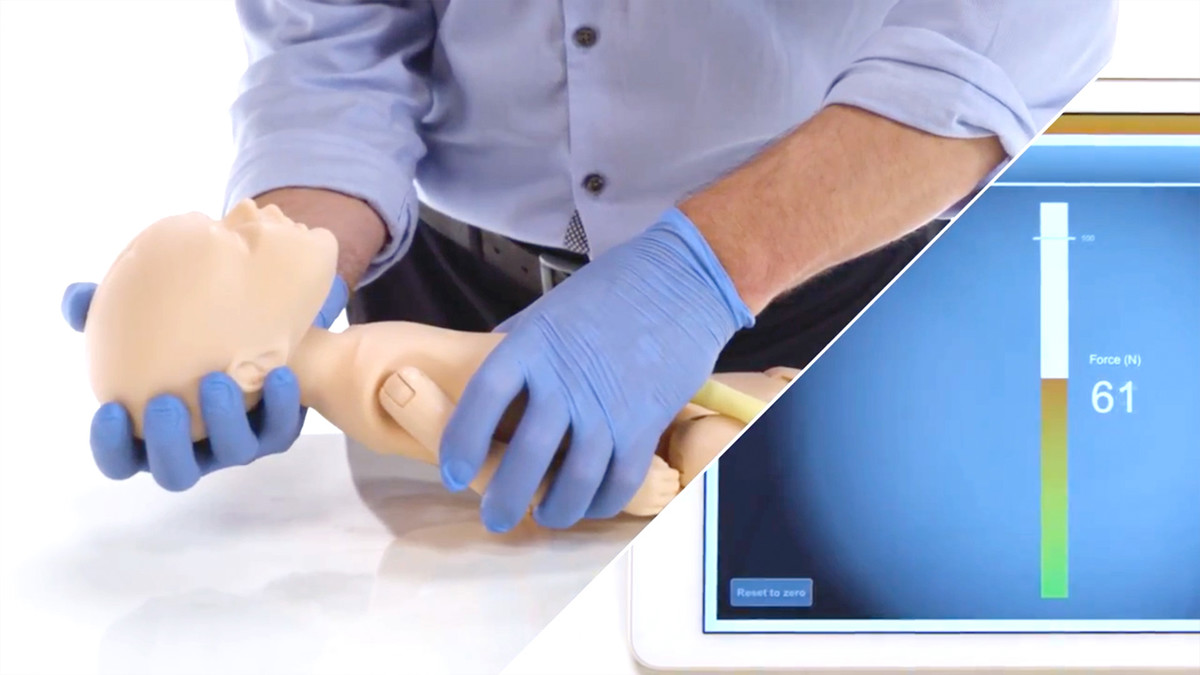

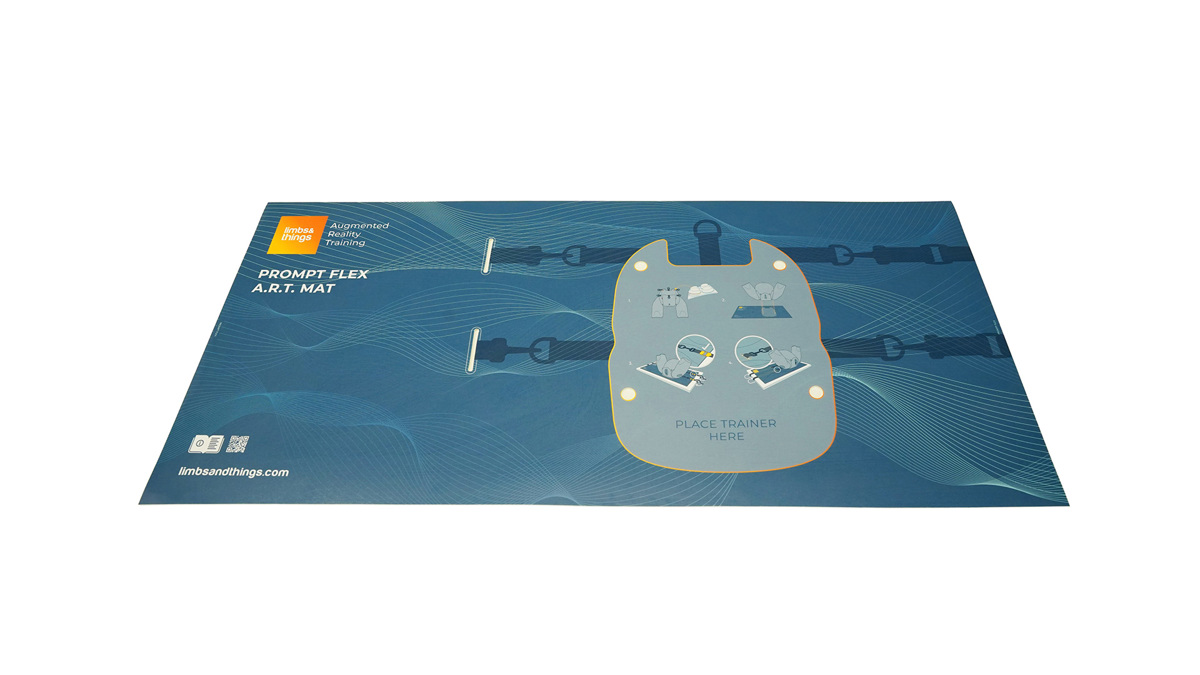
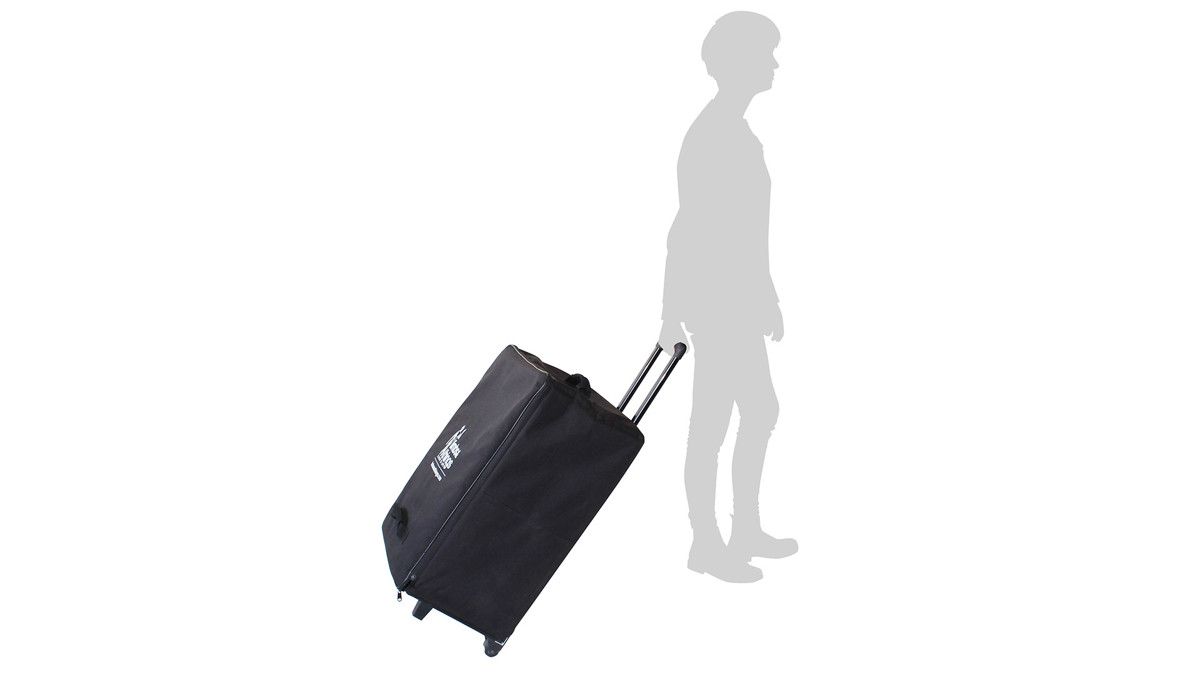



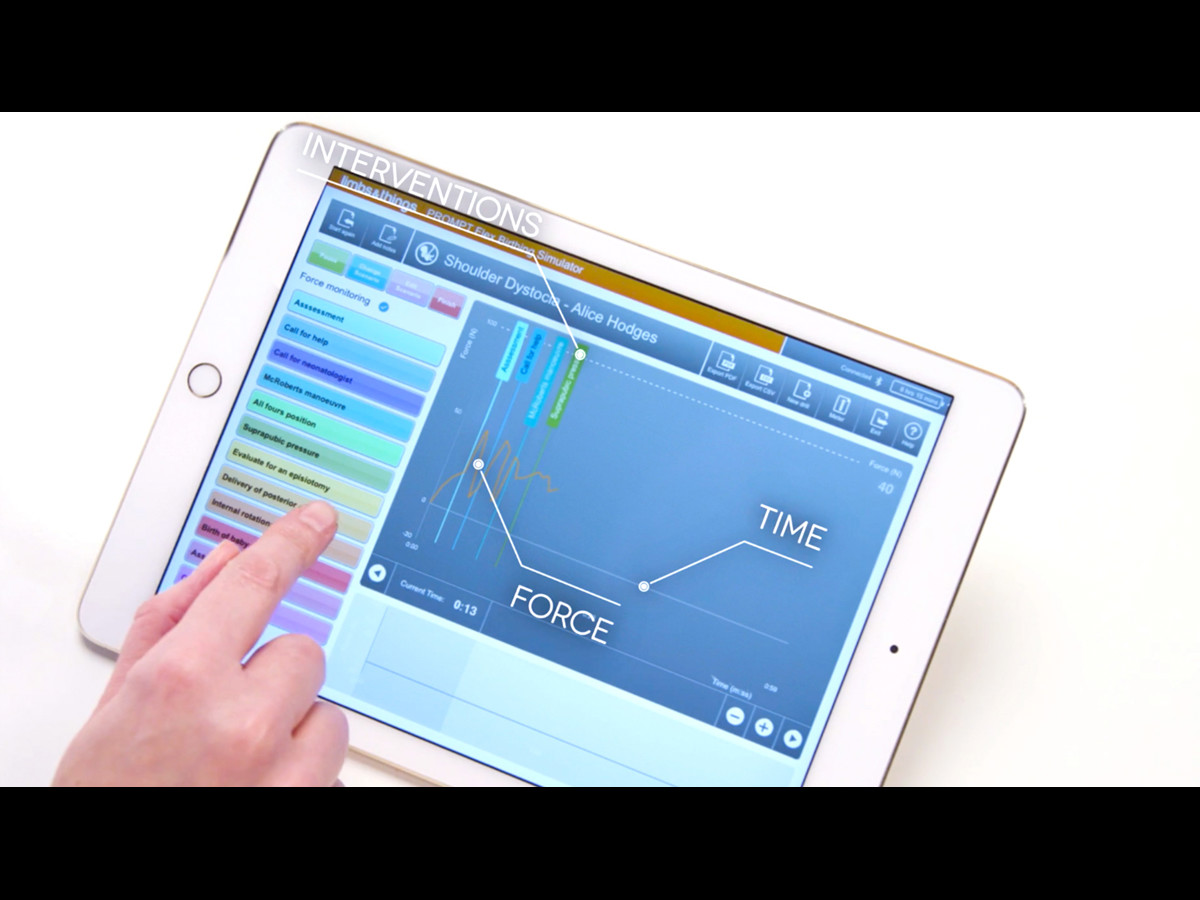
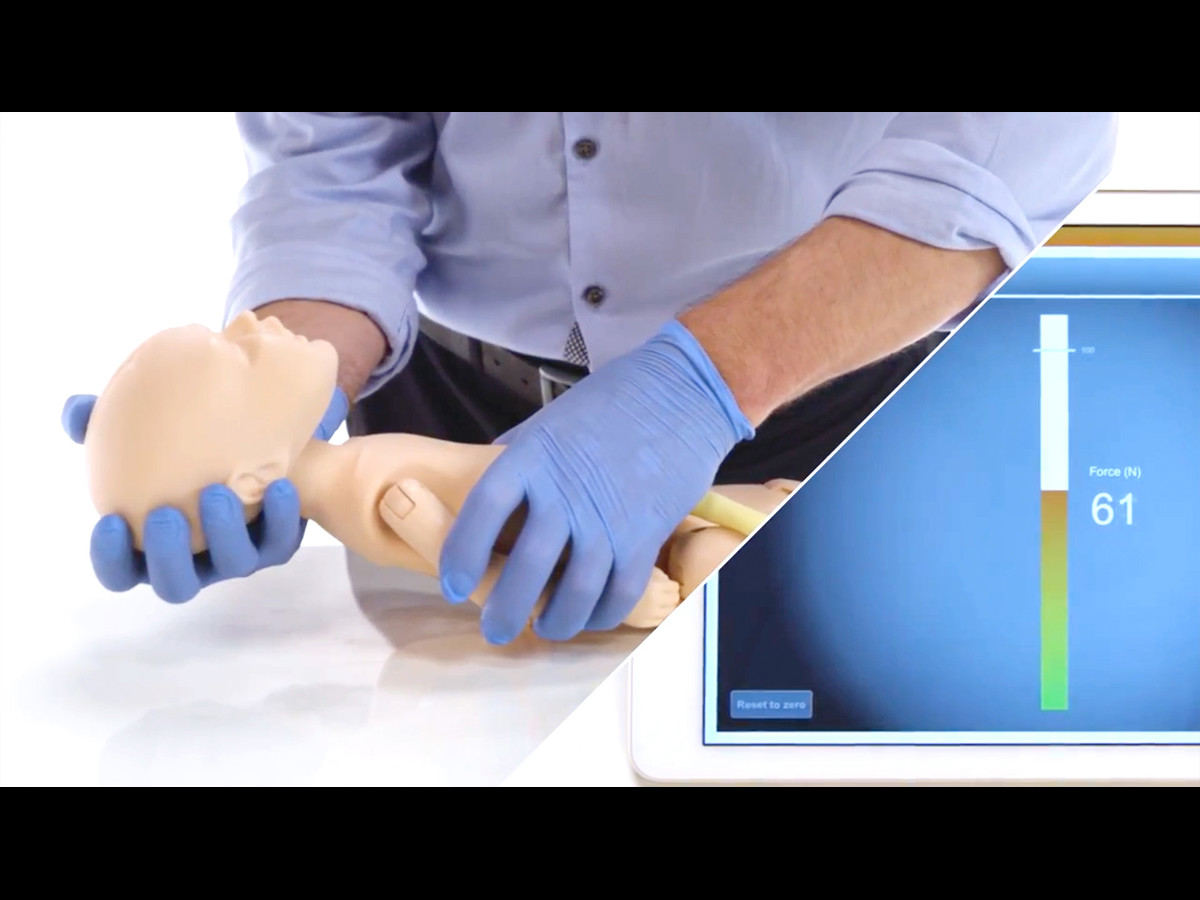
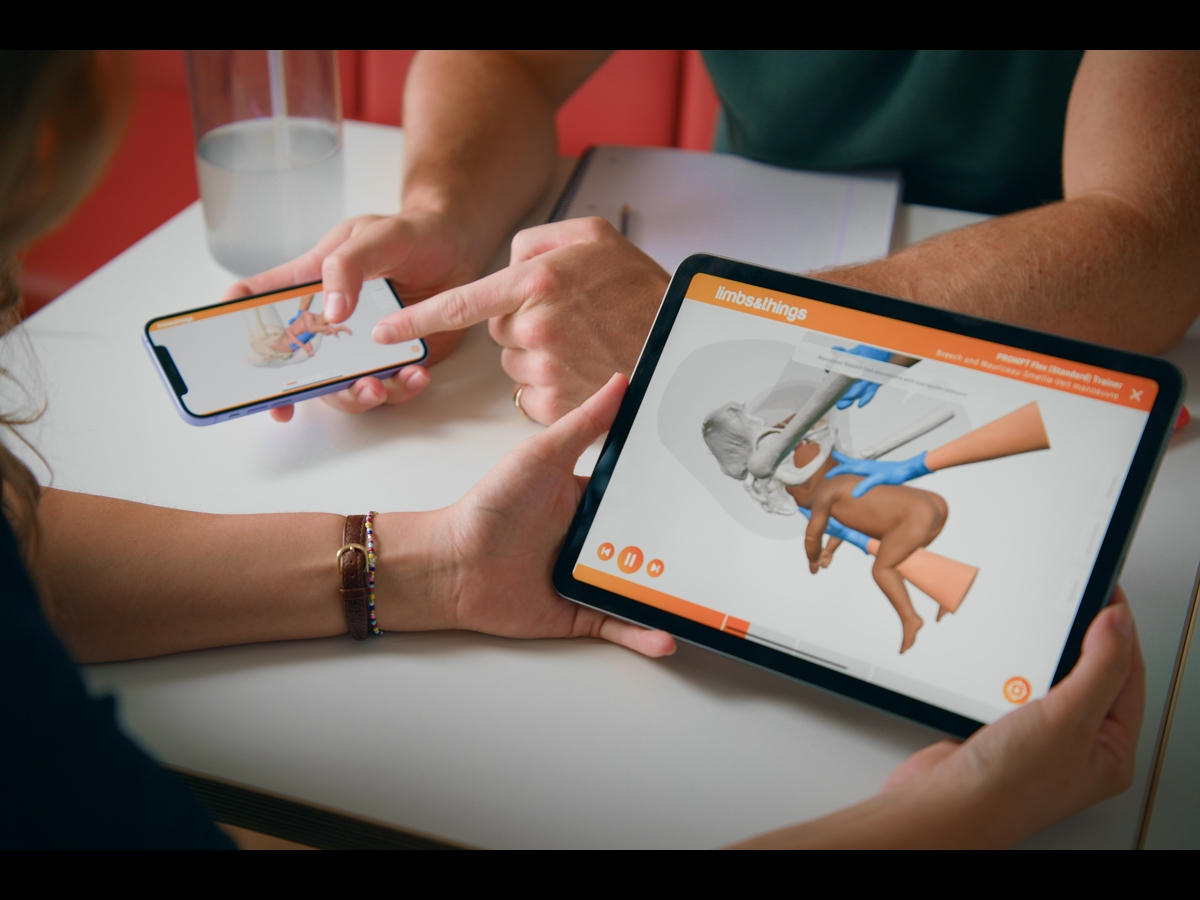
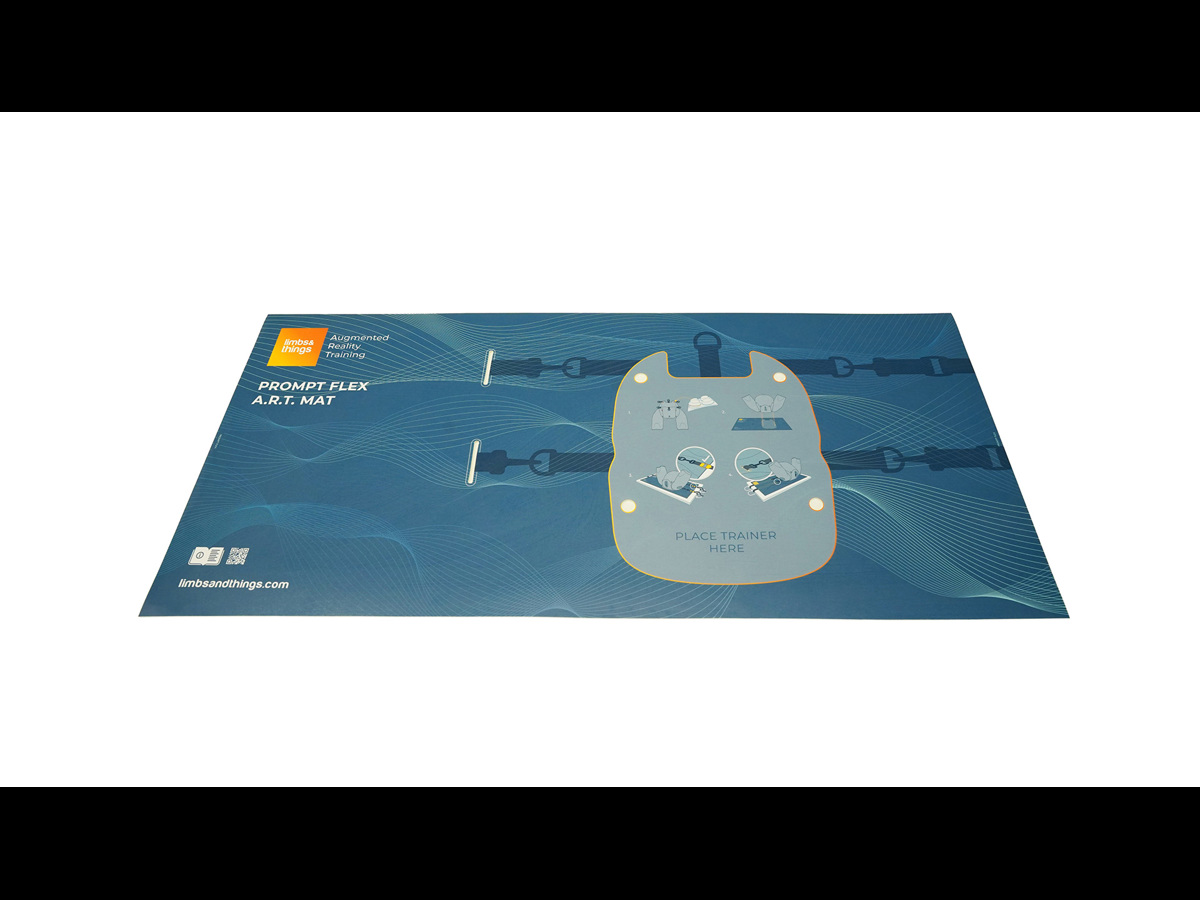
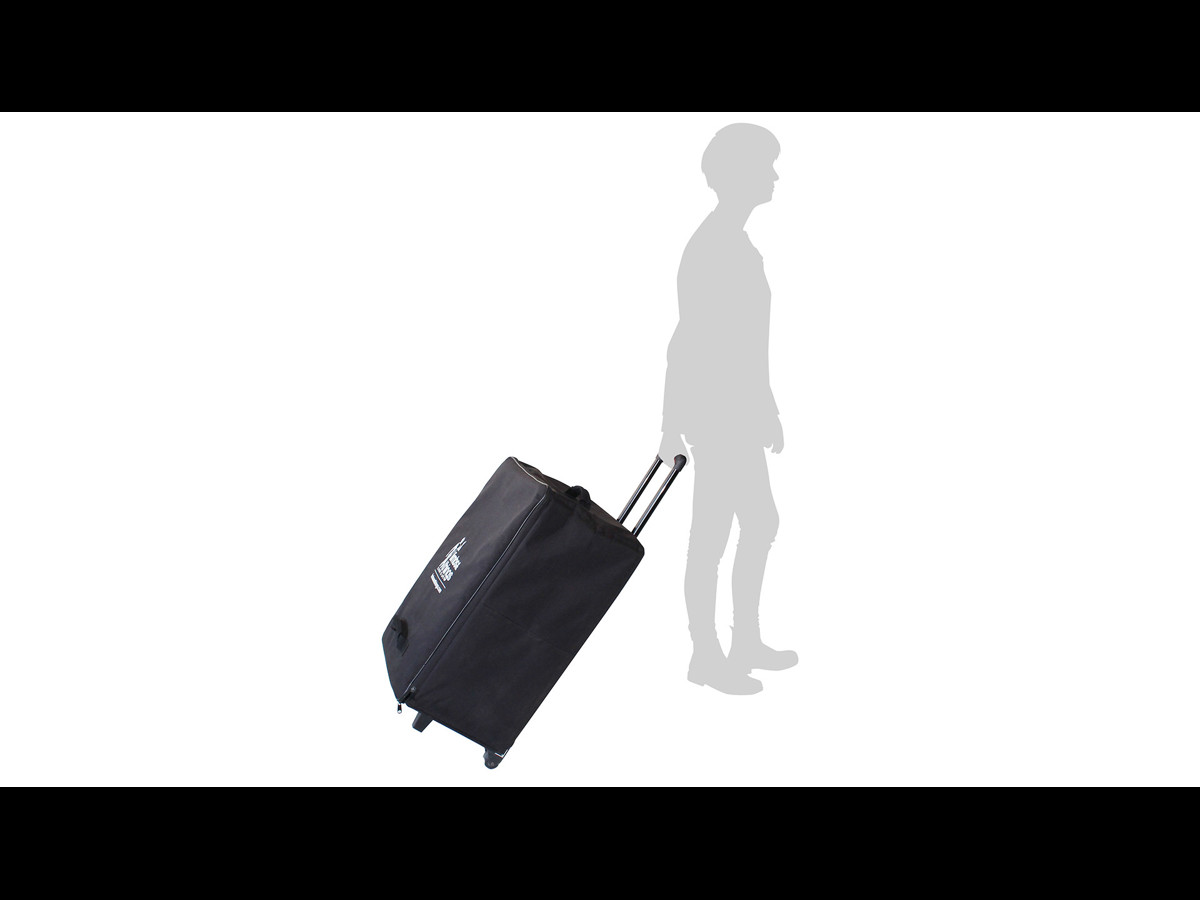
Birthing Simulator PROMPT Flex - Advanced (Light Skin Tone)
Skin Tone
Model
Now supplied with Augmented Reality Training Mats.
The Advanced PROMPT Flex Birthing Simulator is the ideal hybrid training solution. Quick and easy to set up out of the box for classroom training, or secured to a bed for more realistic bedside scenarios.
Anatomically correct, the birthing mother and baby are designed to allow for multiple true-to-life training scenarios. In addition to the Standard PROMPT Flex’s functionality, the baby included with this model is equipped with Force Monitoring software.
During labour and delivery, force exerted on the baby can result in brachial plexus injury during shoulder dystocia. The Force Monitoring Baby measures the force applied by trainees during drills. Using the birthing simulator’s software, instructors can record actions taken, interventions made, and the length of time to deliver the baby, providing insights into students’ skills.
Meter Mode in the Force Monitoring software allows trainees valuable practice, giving familiarity with the feel of safe and excessive force before encountering a real obstetric emergency.
Please note: PROMPT software is only supported on iOS and Windows devices.
Overview
- Bluetooth enabled baby for force monitoring during shoulder dystocia drills
- Free, downloadable Birthing Simulator software allows trainees' actions and interventions to be recorded during drills, with time to deliver baby
- PDFs of trainee drills can be saved and printed for debriefing
- Software compatible with Windows, PC, iOS and Android devices
- Software scenarios can be modified or created from scratch to fit with your own language and procedures
Realism
- Suitable for use with Simulated/Standardized Patient
- Realistic pelvic floor
- Articulating thighs for McRobert’s procedure
- Stretchable perineum
- Soft, flexible birthing canal
Versatility
- Additional modules available to extend training:
- Post Partum Hemorrhage management
- C-section
- Cervical Dilatation and Effacement
- Optional lower legs for all fours position
- Supports bench top training or hybrid simulation
Cleaning
- Skin washable with soap and water
Safety
- Latex free
Simulated Patient
- The PROMPT Flex range offers multiple scenarios that can include patient simulation training
Anatomy
- Birth canal and cervix
- Ischial spines and pubic bone
- Gynaecoid pelvis
- Articulating thighs
- Fully articulated baby with clavicles, fontanelles, flexible head, detachable umbilical cord and placenta
Skills Gained
- Training and practice in the following types of birth:
- Normal
- Vaginal breech
- Shoulder dystocia with force feedback*
- Vaginal assisted (forceps and vacuum devices)
- Third stage of labor
- Cord prolapse
- Urinary catheter placement
- IM injection
- Communication and teamwork skills
*Force feedback is unique to this model and not available on the PROMPT Flex Standard
Evidence
"Training for Shoulder Dystocia: A Trial of Simulation Using Low-Fidelity and High-Fidelity Mannequins."
Crofts, J. F., C. Bartlett, et al. (2006). "Training for Shoulder Dystocia: A Trial of Simulation Using Low-Fidelity and High-Fidelity Mannequins." Obstet Gynecol 108(6): 1477-1485.
"Management of Shoulder Dystocia: Skill Retention 6 and 12 Months After Training."
Crofts, J. F., C. Bartlett, et al. (2007). "Management of Shoulder Dystocia: Skill Retention 6 and 12 Months After Training." Obstet Gynecol 110(5): 1069-1074.
"Shoulder dystocia training using a new birth training mannequin."
Crofts, J. F. A., Georgios; Read, Mike; Sibanda, Thabani; Draycott, Timothy J. (2005). "Shoulder dystocia training using a new birth training mannequin." BJOG: An International Journal of Obstetrics & Gynaecology 112(7): 997-999.
"Patient-actor perception of care: a comparison of obstetric emergency training using manikins and patient-actors."
Crofts, J. F. B., C; Ellis, D; Winter, C; Donald, F; Hunt, L P; Draycott, T J (2008). "Patient-actor perception of care: a comparison of obstetric emergency training using manikins and patient-actors." Quality & Safety in Health Care 17(1): 20-24.
"Improving Neonatal Outcome Through Practical Shoulder Dystocia Training."
Draycott, T. J., J. F. Crofts, et al. (2008). "Improving Neonatal Outcome Through Practical Shoulder Dystocia Training." Obstet Gynecol 112(1): 14-20.
Objective: To compare the management of neonatal injury associated with shoulder dystocia before and after introduction of mandatory should dystocia simulation training.
Conclusion: The introduction of shoulder dystocia training for all maternity staff was associated with improved management and neonatal outcomes of births complicated by shoulder dystocia.
"Shoulder Dystocia: Using Simulation to Train Providers and Teams."
Fahey, J. O. M., MPH, CNM; Mighty, Hugh E. MD (2008). "Shoulder Dystocia: Using Simulation to Train Providers and Teams." Journal of Perinatal & Neonatal Nursing 22(2): 114-122.
ComparisonWhats included |
This Product Product No. 80100 |
Advanced Product No. 80100 |
Additional Product No. 80100 |
|---|---|---|---|
| 00000 Birthing Mother(with upper legs) | Yes | Yes | Yes |
| 00000 Wireless Force Monitoring Baby(Bluetooth) | Yes | Yes | Yes |
| 00000 Placenta | Yes | Yes | Yes |
| 00000 Abdomen for PROMT Flex | Yes | Yes | Yes |
| 00000 Perineim and Birth Canal for PROMPT Flex | Yes | Yes | Yes |
| 00000 PROMPT Birthing Lubricant | Yes | Yes | Yes |
| 00000 Carry Case | Yes | Yes | Yes |
| 00000 Birthing Simulator Software | Yes | Yes | Yes |
| 00000 Standard Baby | Yes | Yes | Yes |
Product Contains
-
Light
-
Dark
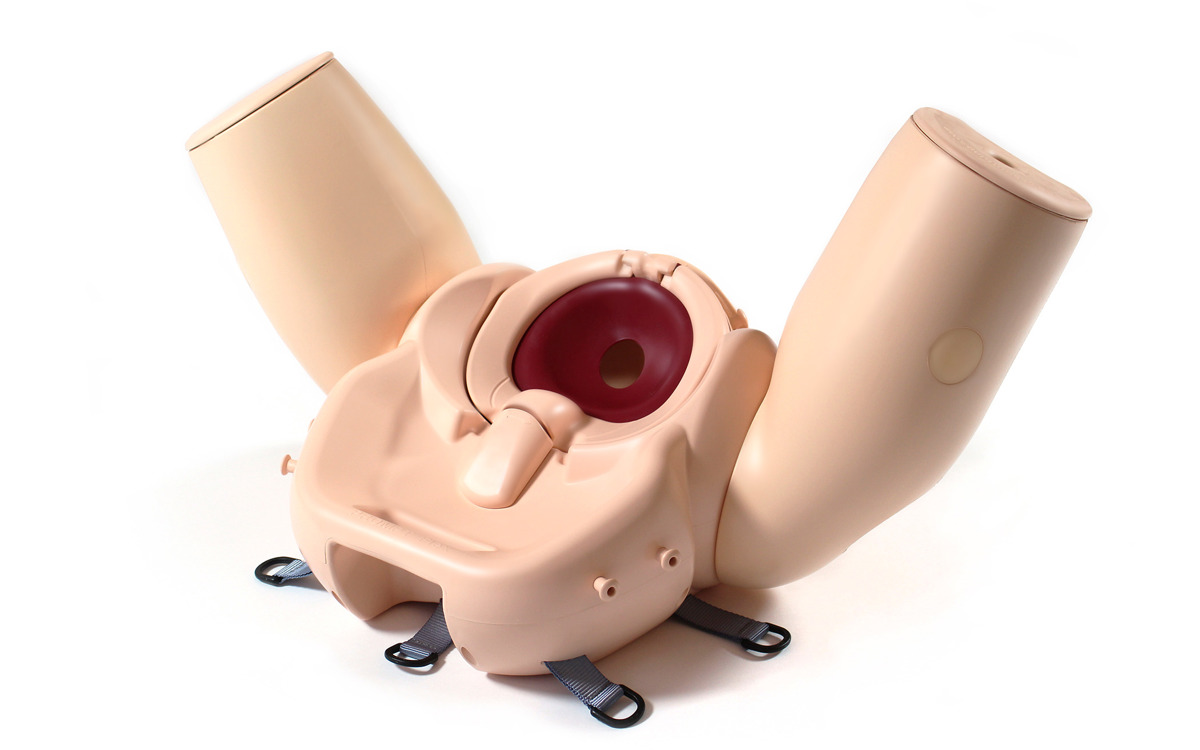
Birthing Mother PROMPT Flex - Standard/Advanced (Light Skin Tone)
-
Light
-
Dark
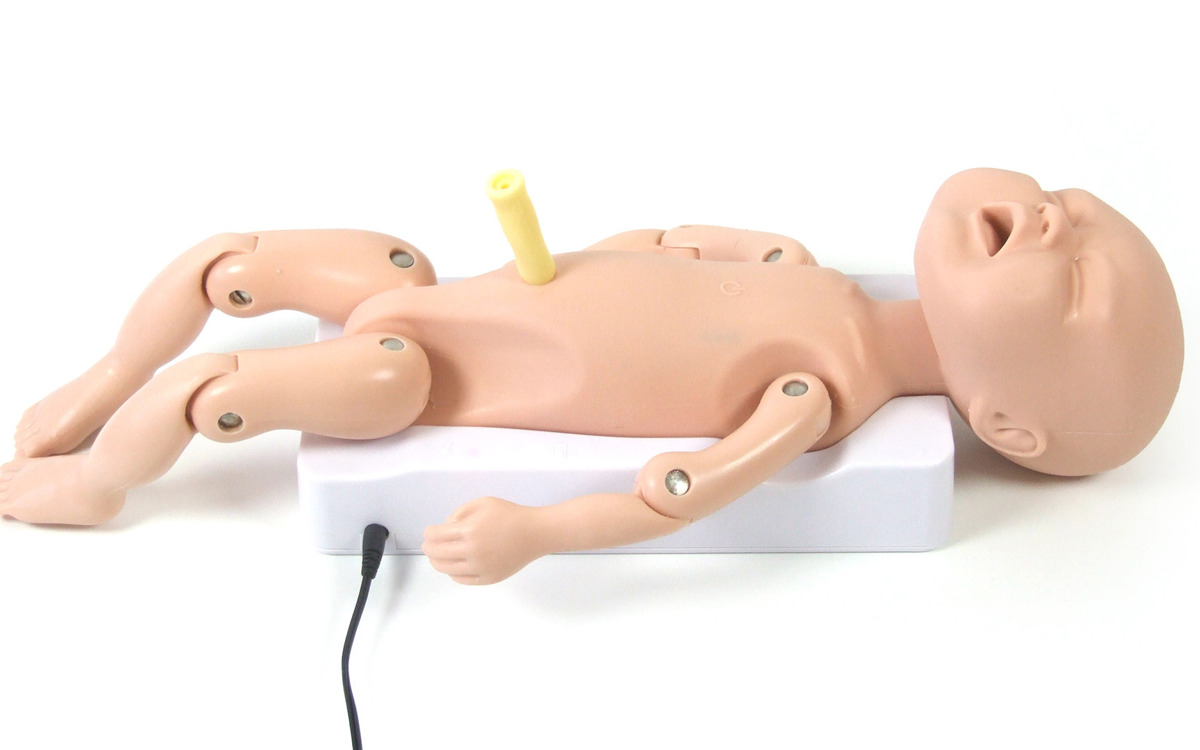
Baby - PROMPT Flex - Advanced
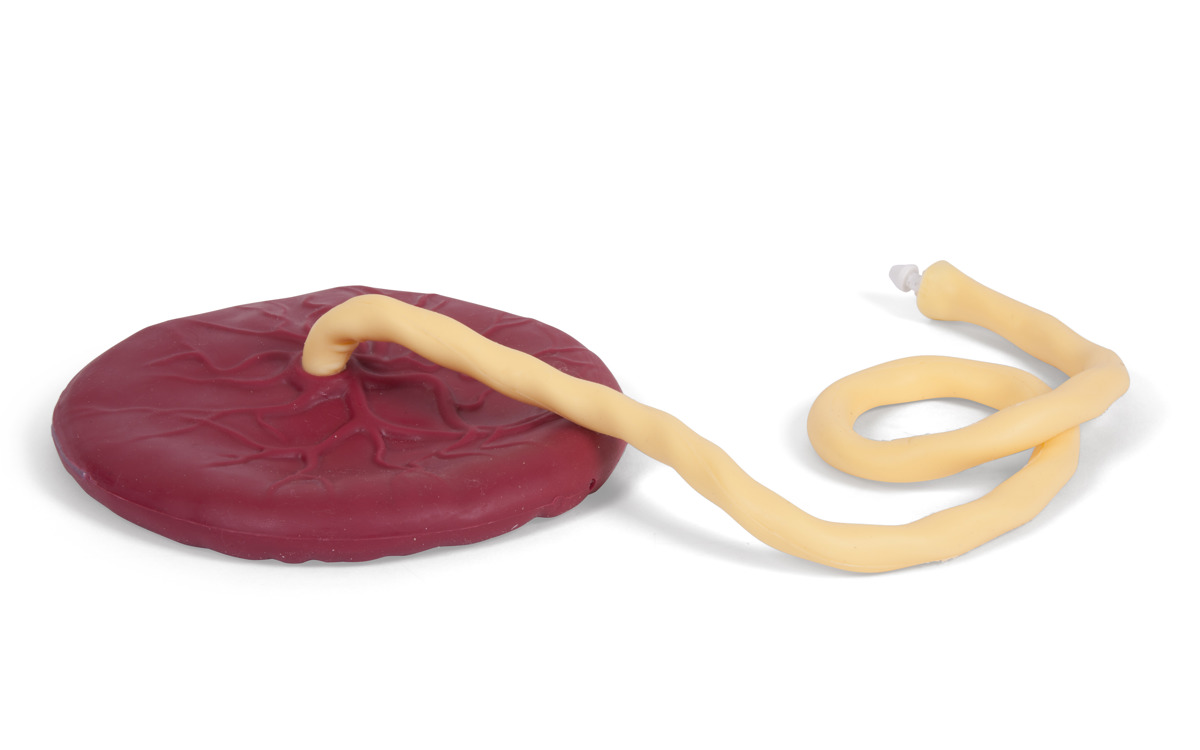
Placenta PROMPT Flex - Standard/Advanced
-
Light
-
Dark
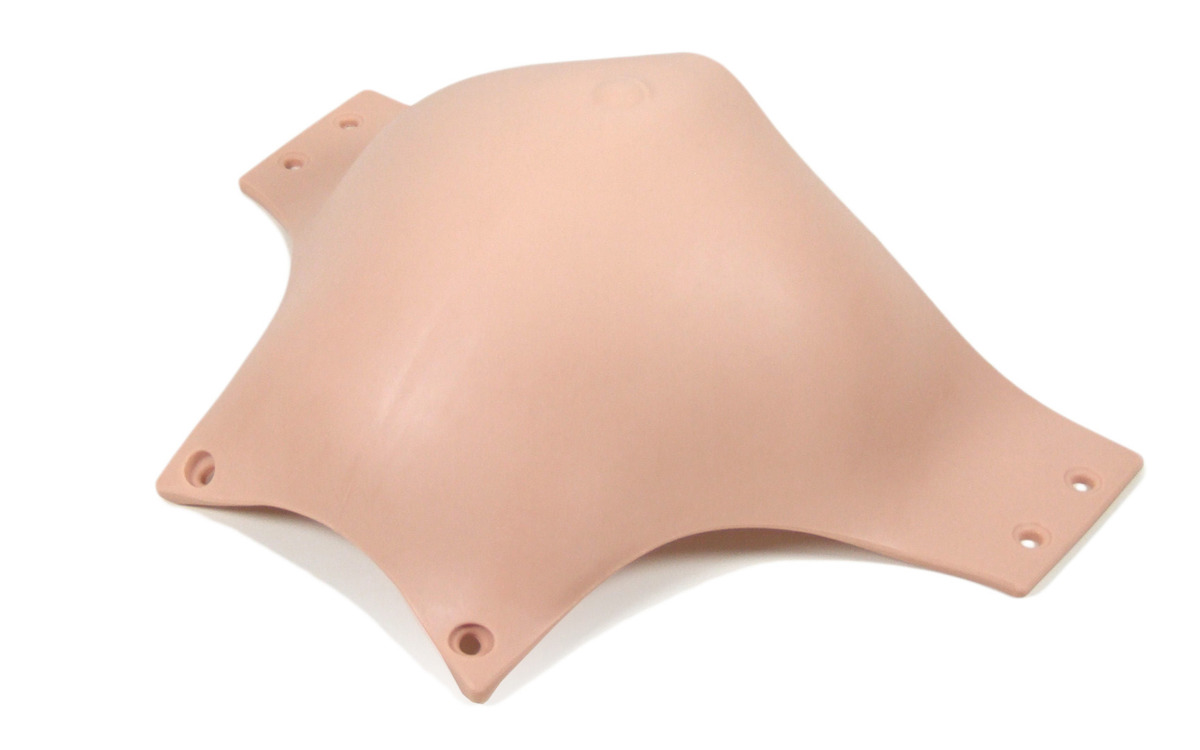
Abdomen PROMPT Flex - Standard/Advanced (Light Skin Tone)
-
Light
-
Dark
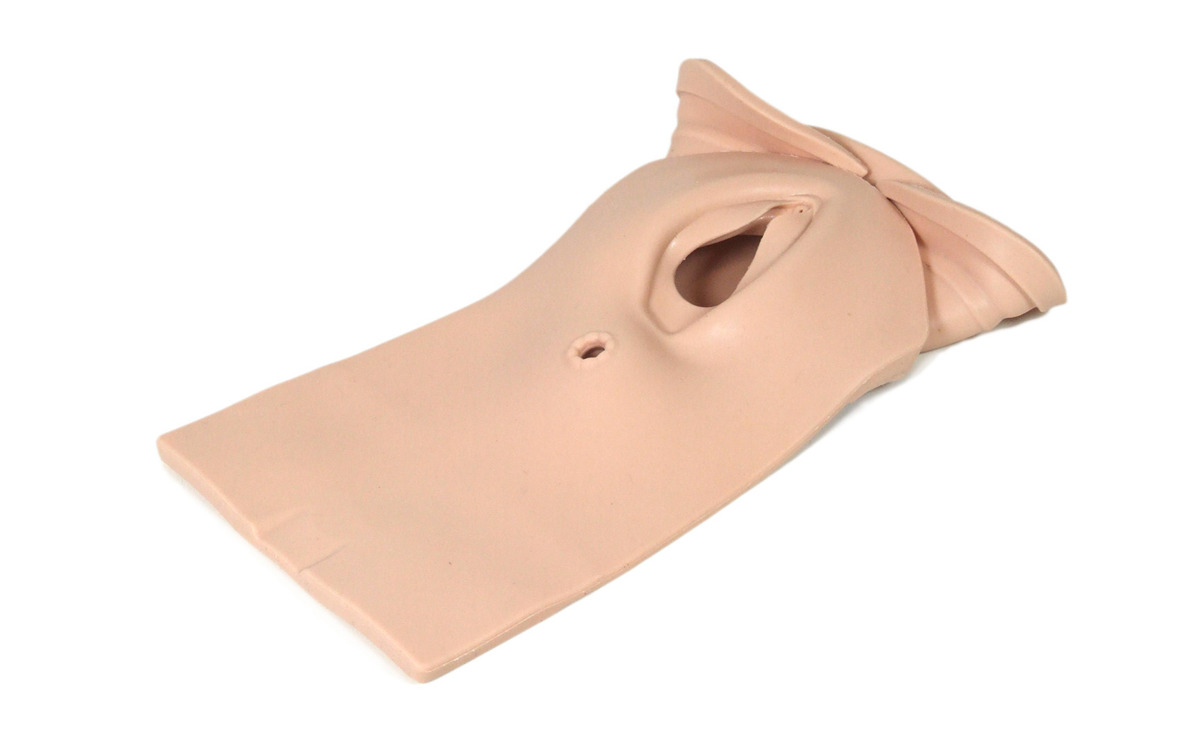
Perineum & Birth Canal PROMPT Flex - Standard/Advanced (Light Skin Tone)
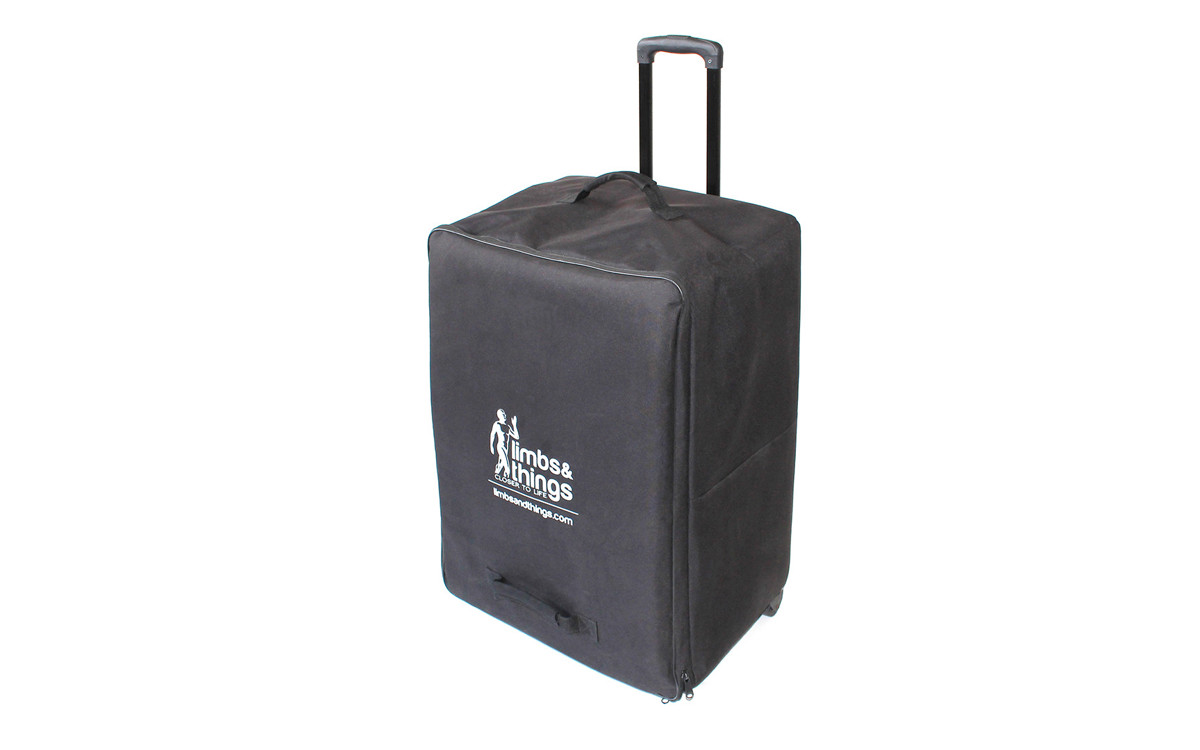
Wheeled Carry Case
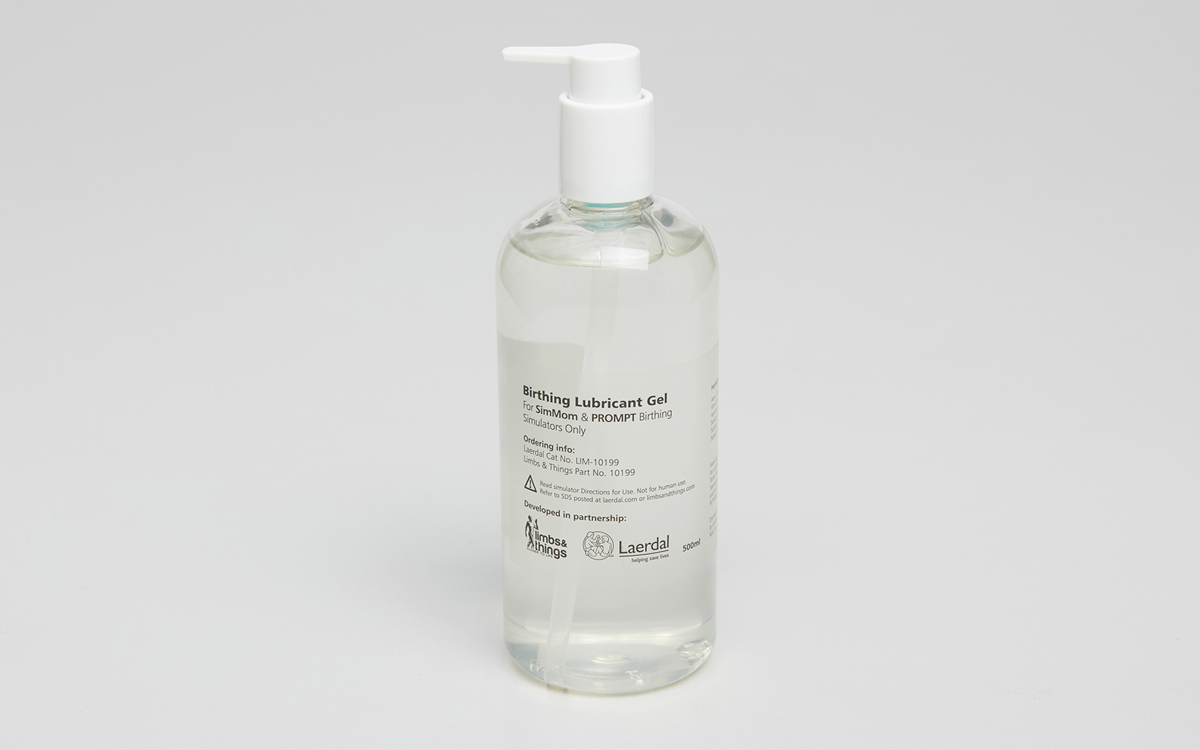
Birthing Lubricant Gel (500ml)

Augmented Reality Mat for PROMPT Flex Birthing Simulator
Comparison |
Model |
|
|---|---|---|
| What's included | Std | Adv |
| Birthing Mother base unit with upper legs | Yes | Yes |
| Standard Baby | Yes | No |
| Wireless Force Monitoring Baby (Bluetooth) | No | Yes |
| Augmented Reality Training Mat (ART Mat) | Yes | Yes |
| Placenta | Yes | Yes |
| Abdomen for PROMPT Flex | Yes | Yes |
| Perineum and Birth Canal for PROMPT Flex | Yes | Yes |
| PROMPT Birthing Lubricant (500ml) | Yes | Yes |
| Wheeled Carry Case | Yes | Yes |
| Birthing simulator software downloadable from the downloads tab | No | Yes |
Works with the following products:
-
Light
-
Dark

Birthing Mother PROMPT Flex - Standard/Advanced (Light Skin Tone)
-
Light
-
Dark
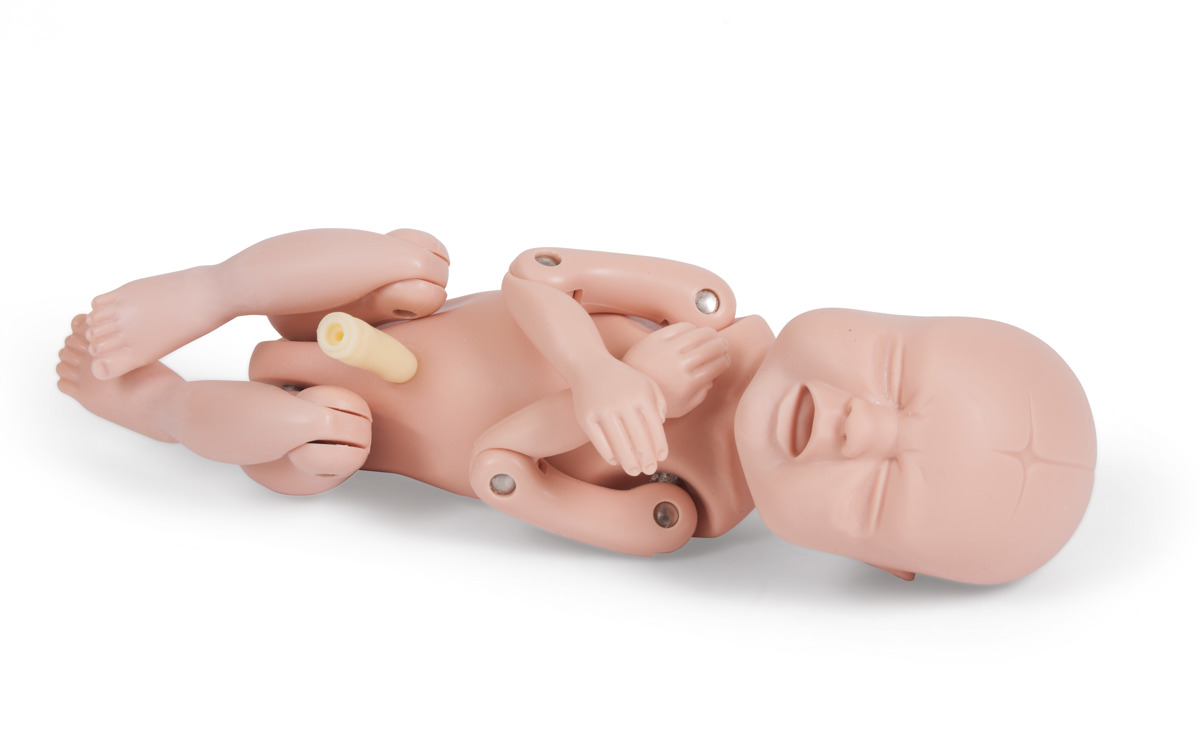
Baby PROMPT Flex - Standard (Light Skin Tone)

Placenta PROMPT Flex - Standard/Advanced
-
Light
-
Dark

Abdomen PROMPT Flex - Standard/Advanced (Light Skin Tone)
-
Light
-
Dark

Perineum & Birth Canal PROMPT Flex - Standard/Advanced (Light Skin Tone)
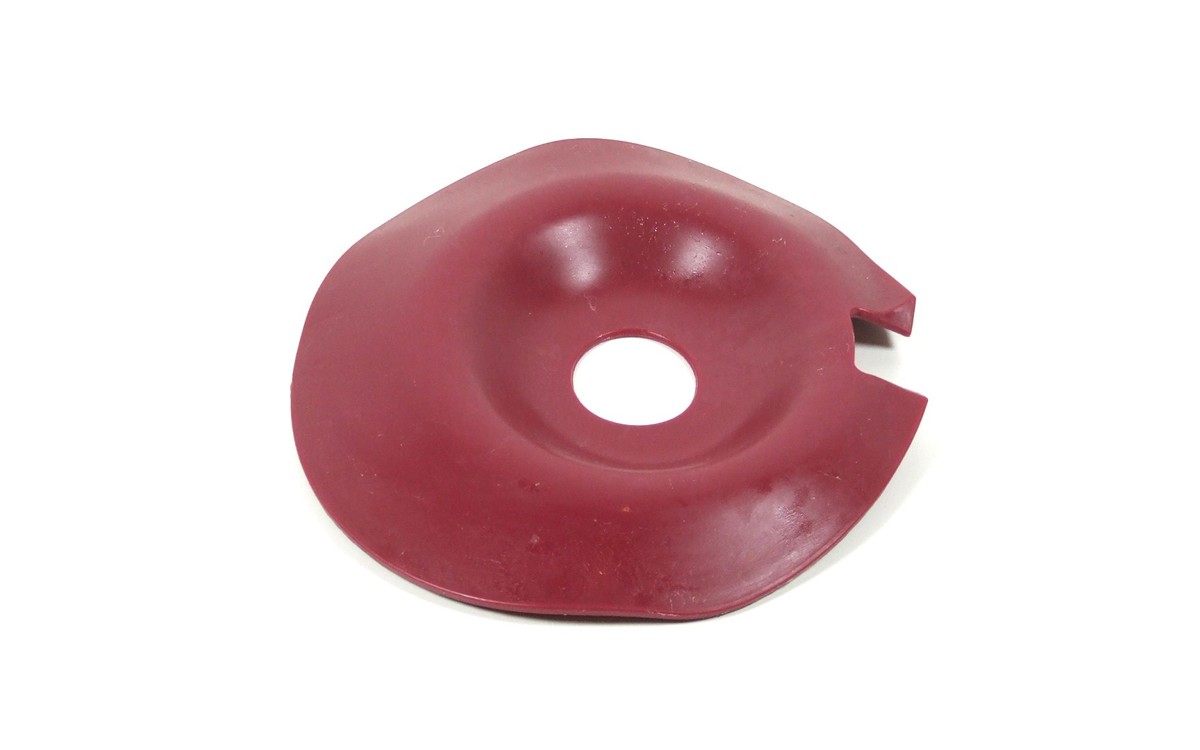
Cervix PROMPT Flex - Standard/Advanced (Pack of 2)
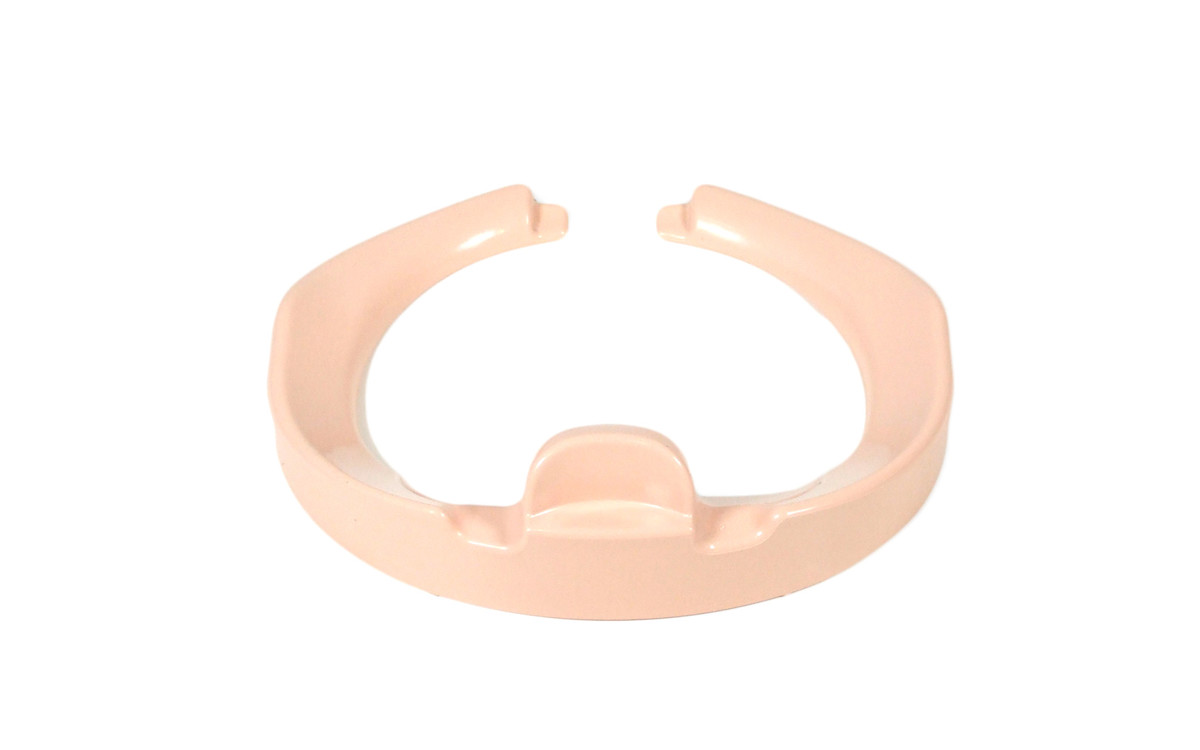
Pelvic Ring PROMPT Flex Standard/Advanced
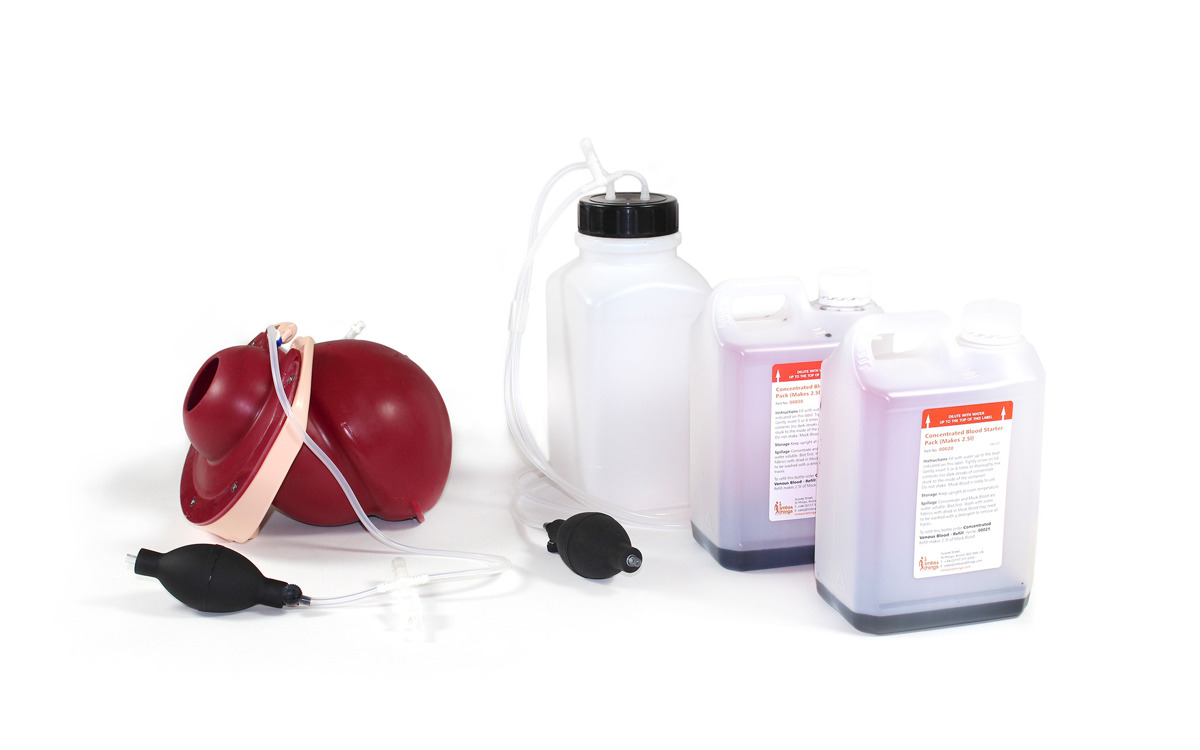
Postpartum Hemorrhage Module - PROMPT Flex
-
Light
-
Dark
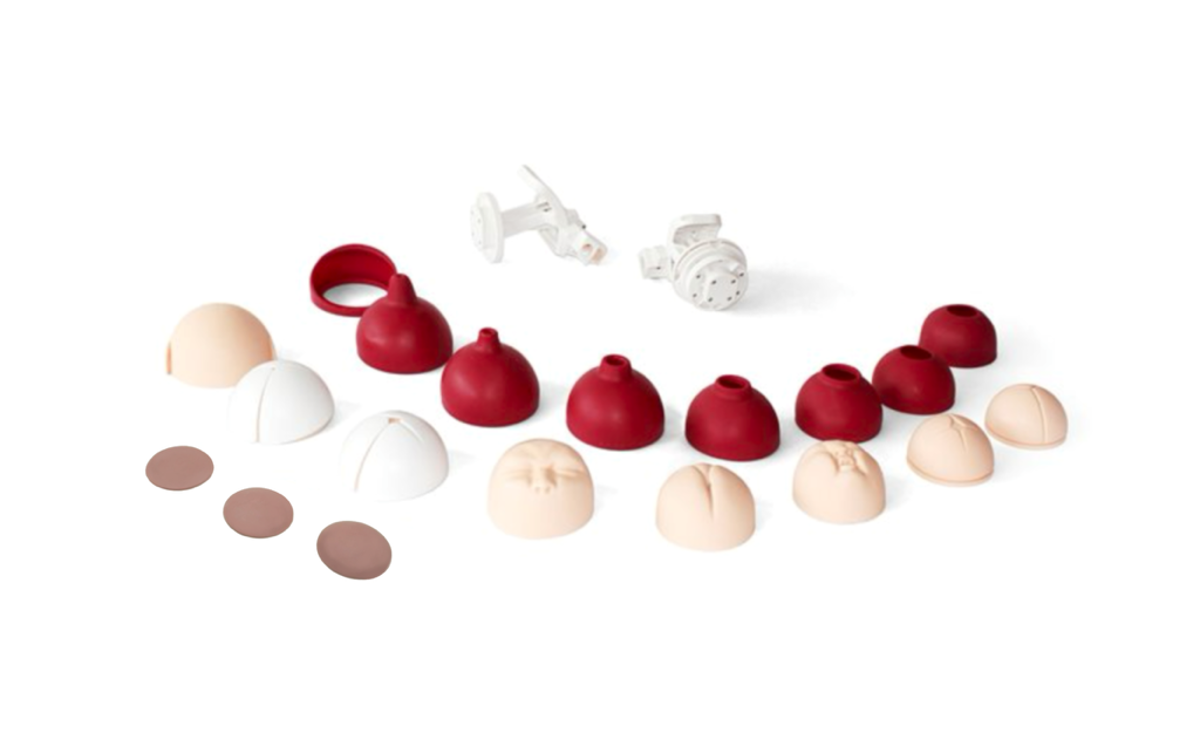
Cervical Dilatation & Effacement Module (CD&E) - PROMPT Flex (Light Skin Tone)
-
Light
-
Dark
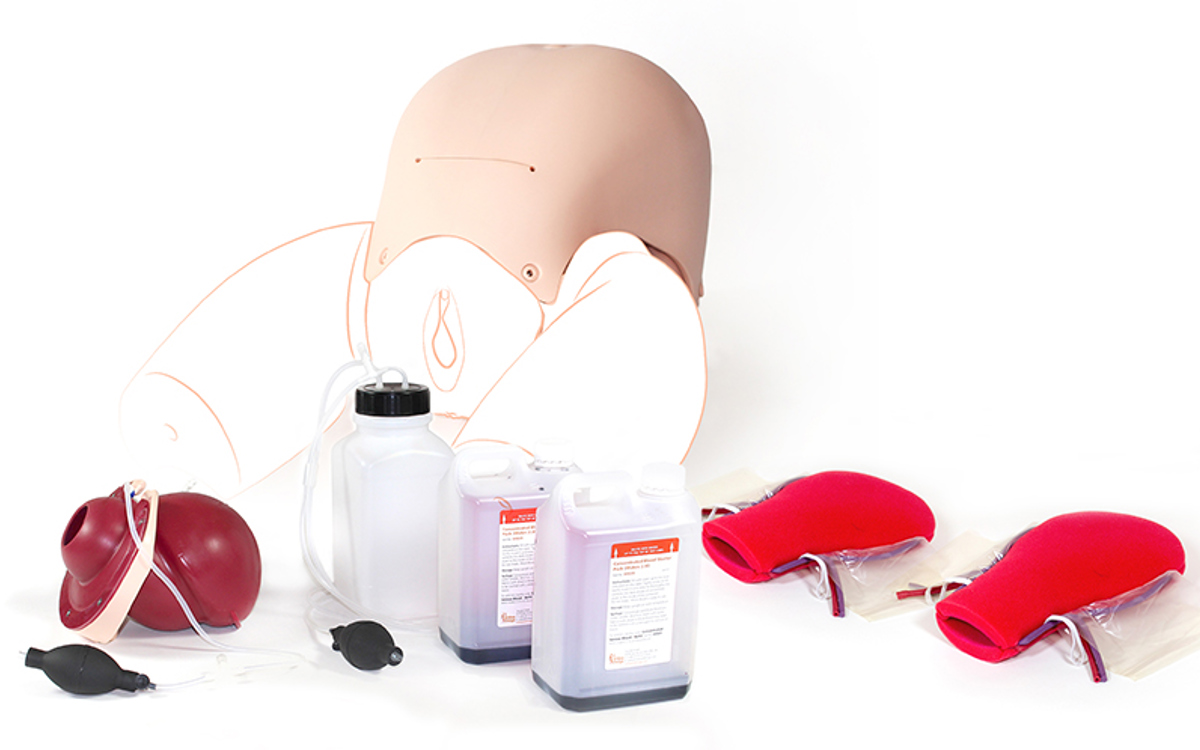
Postpartum Hemorrhage Kit PROMPT Flex (Light Skin Tone)
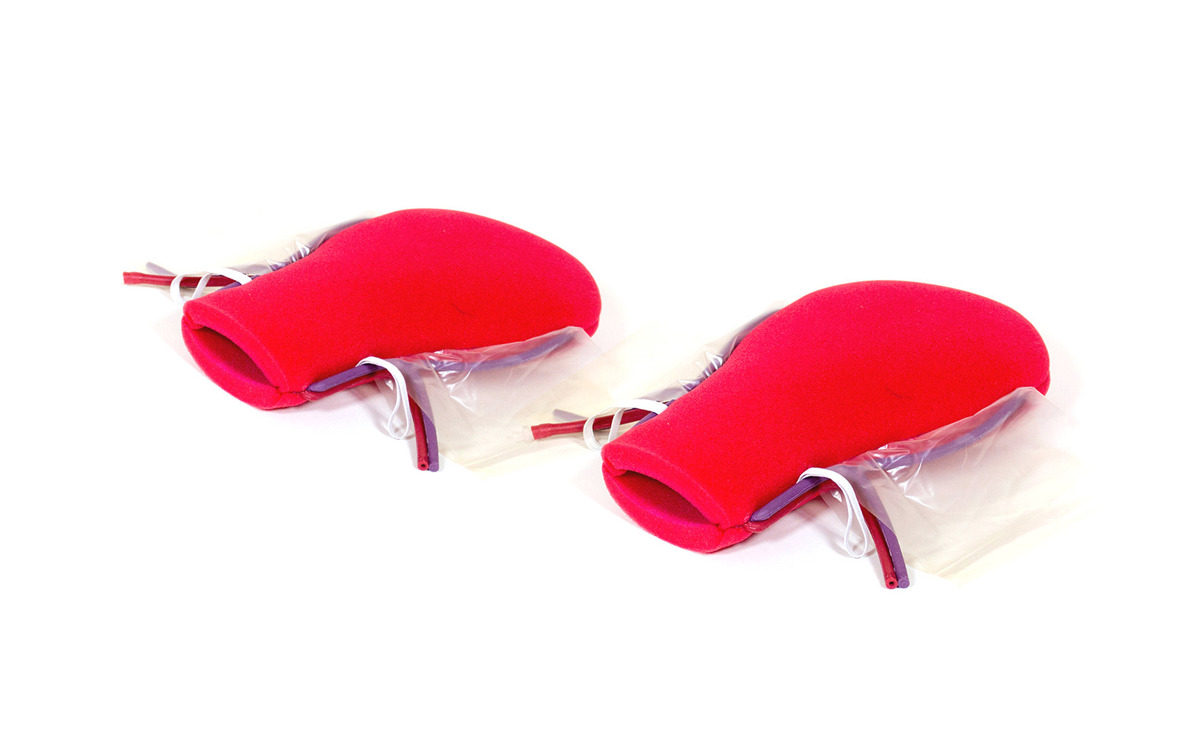
Compression Suture Uterus Module - PROMPT Flex
-
Light
-
Dark
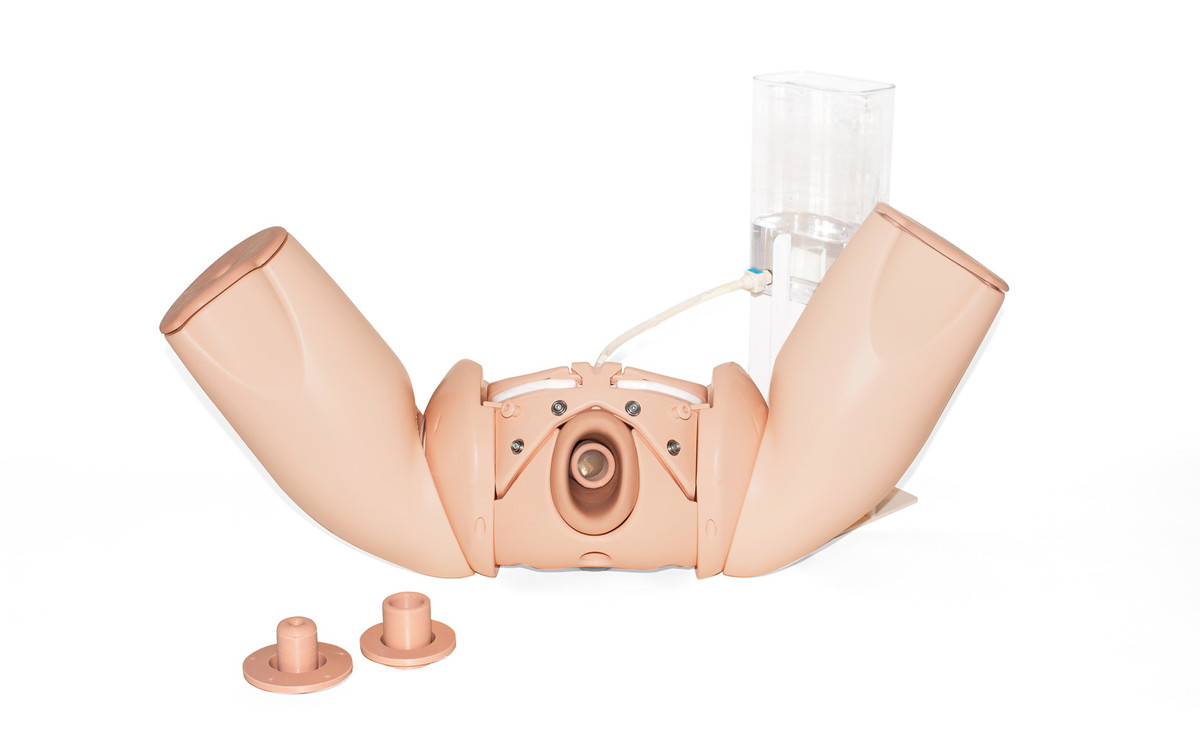
Cervical Cerclage Module (CCM) - PROMPT Flex (Light Skin Tone)
-
Light
-
Dark

-
Light
-
Dark
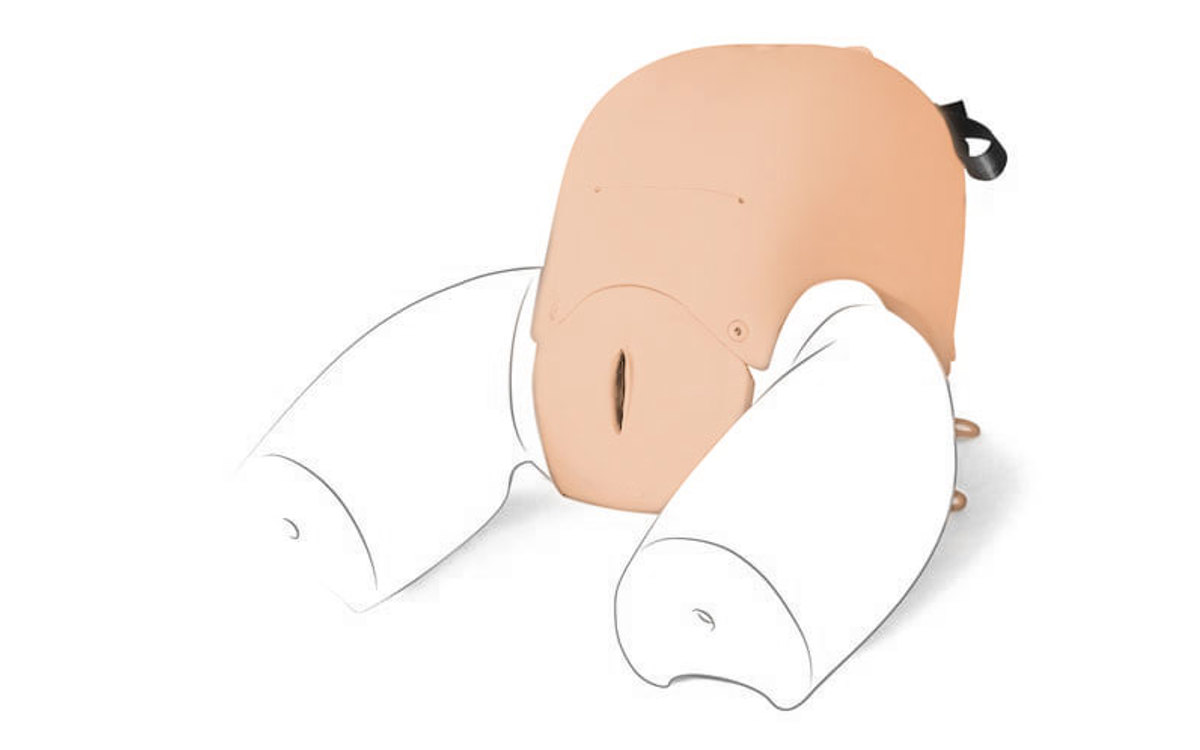
Enhanced Caesarean Section Module (ECSM) - PROMPT Flex (Light Skin Tone)
-
Light
-
Dark
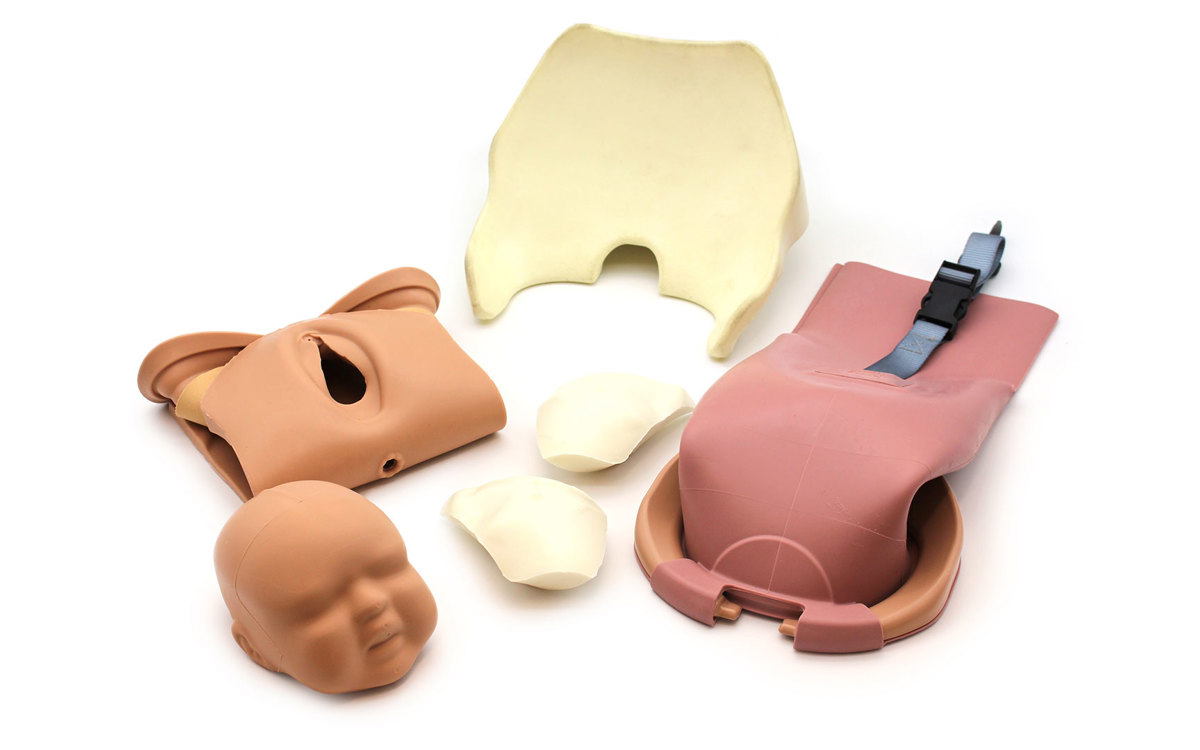
Assisted Vaginal Birth Module (AVB) - PROMPT Flex

Wheeled Carry Case
References
AAFP Residency Guidelines, Maternity Care (p.9): Shoulder dystocia: understand risk factors, prevention, recognition, and management using ALSO protocols; Assisted deliveries: understand indications for and appropriate use and application of a vacuum extractor; understand indications for forceps
National Association of State EMS Officials: National Model EMS Clinical Guidelines (page 146, 2016 - update 2018) Childbirth: Recognize imminent birth; assist with uncomplicated delivery situations; recognize complicated delivery situations; apply appropriate techniques when delivery complications exist; Shoulder Dystocia, Prolapsed Umbilical Cord, Breech Birth, Postpartum Hemorrhage
ACGME, ABOG & ACOG Milestones project - The Obstetrics and Gynecology Milestones (2013) Obstetrical Technical Skills - Patient Care level 2 - Performs basic obstetrical skills, including spontaneous vaginal delivery Level 4 - Perfroms complex obstetical procedures, including operative vaginal delivery, breech vaginal delivery
RANZCOG Curriculum, 3rd Ed. (Nov. 2017) Safely manage and conduct all obstetric procedures involved in intrapartum care when appropriate after consideration of indications, contraindications, technique and potential complications, including a detailed knowledge of the following procedures: Spontaneous vaginal birth; Management of cord prolapse; Vaginal breech birth; Instrumental vaginal birth, including safe and appropriate vacuum and forceps deliveries including instrumental delivery Shoulder dystocia management
Maternity Education Program (MEP) Foundation is a one day simulation workshop designed for medical and midwifery staff who are new to working in a maternity clinical environment. The session provides an introduction to the clinical management of pregnant women throughout labour, birth and the postnatal period, and dealing with complications along the way. The day is broken down into: • interactive case discussion and management • skills stations with application into a simulated environment • supported debrief to enable learners to improve their knowledge for clinical practice
Maternity Education Program (MEP) Advanced is a one day simulation workshop designed for medical and midwifery staff who are currently working in a maternity clinical environment. The session explores pregnancy related issues, intrapartum complexities and postnatal complications through simulation and case studies. The day is broken down into: • refresher on Human Factors in health care, Crisis Resource Management (CRM) principles and graded assertiveness • skills stations associated with the simulations • several immersive simulations (with supportive debrief) to enable learners to improve their knowledge and skills
RCOG Core Curriculum (2013, updated 2016) - Core Module 11, Management of Delivery Learning outcomes: To understand and demonstrate appropriate knowledge, skills and attitudes in relation to management of delivery including: Normal delivery, Vacuum extraction, Forceps delivery, Shoulder dystocia, cord prolapse, Rotational assisted delivery, Vaginal breech. RCOG Operative Birth Simulation Training - ROBuST (2016) The ROBuST package has been developed to provide guidance and materials for local trainers to deliver operative vaginal birth training within their own regions. SCOTTIE (2006) The aim of the course is to provide participants with the knowledge and skills to respond appropriately to emergencies in pregnancy and childbirth. Indicative content: Obstetric haemorrhage, Shoulder dystocia, Breech. MOET (2017) To provide the knowledge, practical skills and procedures necessary to save the mother and fetus in life-threatening circumstances.
The European Union and Article 40 (training of midwives) of Directive 2005/36/EU (Pre-registration midwifery): the student should personally carry out at least 40 deliveries.... including active participation with breech deliveries. Where this is not possible because of lack of breech deliveries practice may be in a simulated situation
Interventional Radiology Specialty Training Curriculum, The Royal College of Radiologists, 2019. Postpartum haemorrhage
-
User Guide
80106 80206 PROMPT Flex Advanced UG V5
PDF | 5.2 MB
-
Product Brochure
PROMPT Flex Range UK V13
PDF | 1.9 MB
-
Windows Software
Prompt2 Desktop 0.167.0 exe
EXE | 24.3 MB
-
Mac OS Software
Prompt2 Desktop 0.167.0 pkg
PKG | 26.1 MB
-
Android Software
APK | L&T ART on Google Play
-
IOS Software
PKG | L&T ART on the App Store
Please note: PROMPT software is only supported on iOS and Windows devices.
What does it mean when it says that the PROMPT birthing simulators are listed as being modular in design?
Both Standard and Advanced birthing simulators act as a base for the wider PROMPT Flex range. While both are suitable for basic obstetric training, they can support the additional modules that are designed to cover more complex obstetric procedures and enhance the training experience.
- Enhanced Caesarean Section module – suitable for the practice of routine and complex c-sections (this module requires the Standard PROMPT Flex Baby)
- Postpartum Haemorrhage module – give training in the management of postpartum bleeding
- Cervical Dilatation & Effacement module – develop assessment and management skills required during latent and active first stages of labour
- Compression Suture Uterus – additional module for practising common types of compression sutures and ligating the uterine artery
- PPH Kit – this kit includes the postpartum haemorrhage module and compression suture uterus module for postpartum bleeding, compression suture and ligating of the uterine artery
- Cervical Cerclage module – practice of elective or emergency cerclage to prevent pre-term birth
- Assisted Vaginal Birth module - practice of instrumental delivery procedures
- Lower Legs – with articulation, these offer increased realism when used with the birthing mother
Why does the PROMPT birthing trainer have different options/modules?
When developing the PROMPT birthing simulator and modules, Limbs & Things knew it was important to represent a wide range of birthing scenarios, without creating a model that was too complicated to use in training.
The modular design means that one base unit can support 5 modules, and training with 4 independent trainers, as well as being a standalone birthing simulator.
Each of the PROMPT modules and trainers gives a platform dedicated to specific skills, allowing trainees to focus their training and gain confidence in procedures.
Limbs & Things expanded the PROMPT range to include dark skin tone models, an important step to represent the wider population, allowing for more open discussions around ethnic disparities in maternal outcomes, such as those identified by MBRRACE. Their report shows that a woman is three times more likely to die because she has black skin, and two times more likely to die because she’s of Asian descent.
What was the reason for developing the birth simulator with the PROMPT Foundation?
One of Limbs & Things’ core principles is to improve patient outcomes, and this aligns with the PROMPT Maternity Foundation’s aim to reduce preventable harm to mothers and babies in maternity care. Through studies, such as SAFE, they’ve identified key points regarding training in the real world, to help target the needs of maternity patients and staff.
Their expertise & training has led to significant impact across the globe, including:
Maternal outcomes
- 30% reduction in caesarean sections in Kansas, USA
- 40% quicker deliveries via emergency caesarean section in Bristol, UK
- 34% reduction in maternal deaths in Mpilo Hospital, Zimbabwe
- 26% reduction in maternal deaths in hospitals in the Philippines
Foetal outcomes
- 100% reduction of permanent bracial plexus injury, Kansas, USA
- 30% reduction in APGAR scores under 7 at 5 minutes, Kansas, USA
- 50% reduction of hypoxic brain injury (HIE), Bristol, UK
- 45% reduction of school-aged cerebral palsy, Bristol, UK
The PROMPT Foundation’s ongoing work in maternity training gives a valuable insight into key skills to support with simulation training, and the needs of medical professionals and patients.
What does this childbirth simulator offer to medical students?
As part of a birth simulation, trainees will get hands-on experience with our realistic labour simulator. Simulated births offer the chance to develop their communication and teamwork skills, as well as practice fundamental skills required during labour.
Will using the PROMPT Flex Birthing Simulator during training improve neonatal outcomes?
A retrospective study undertaken by Southmead Hospital, UK, showed that after the introduction of simulation training, there was improvement seen in the management and outcomes of births complicated by shoulder dystocia. See the skills tab for more information on the study: Improving Neonatal Outcome Through Practical Shoulder Dystocia Training.


